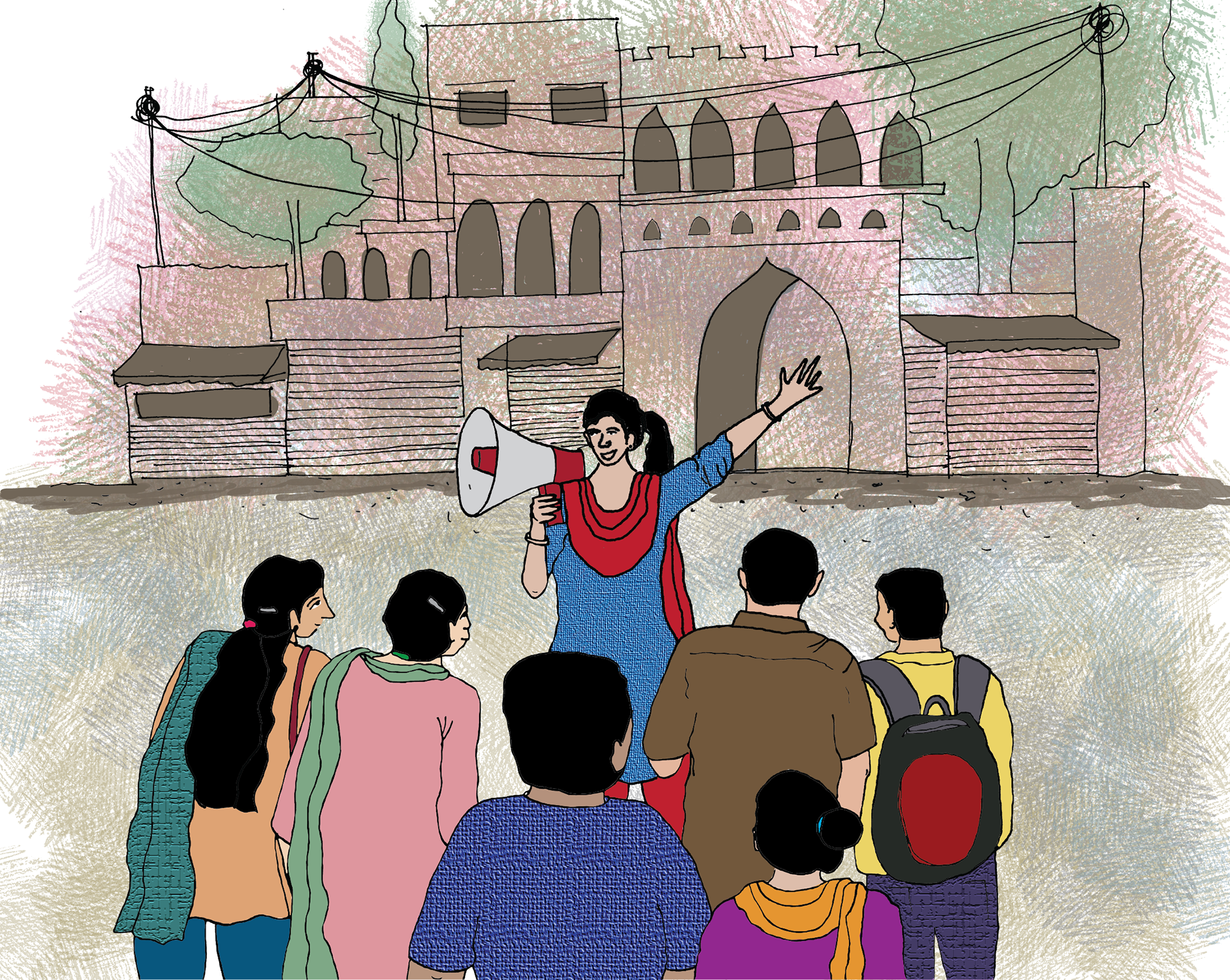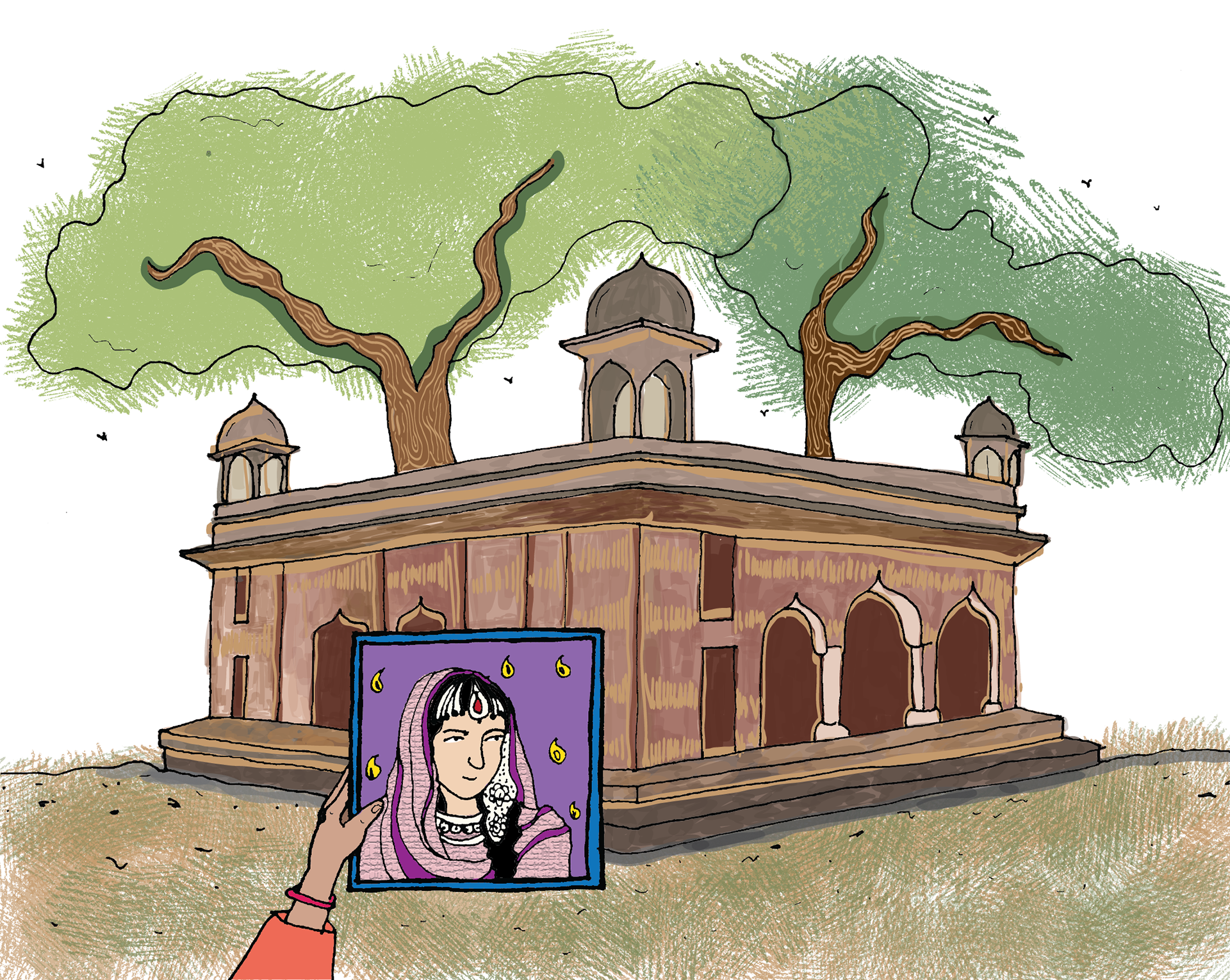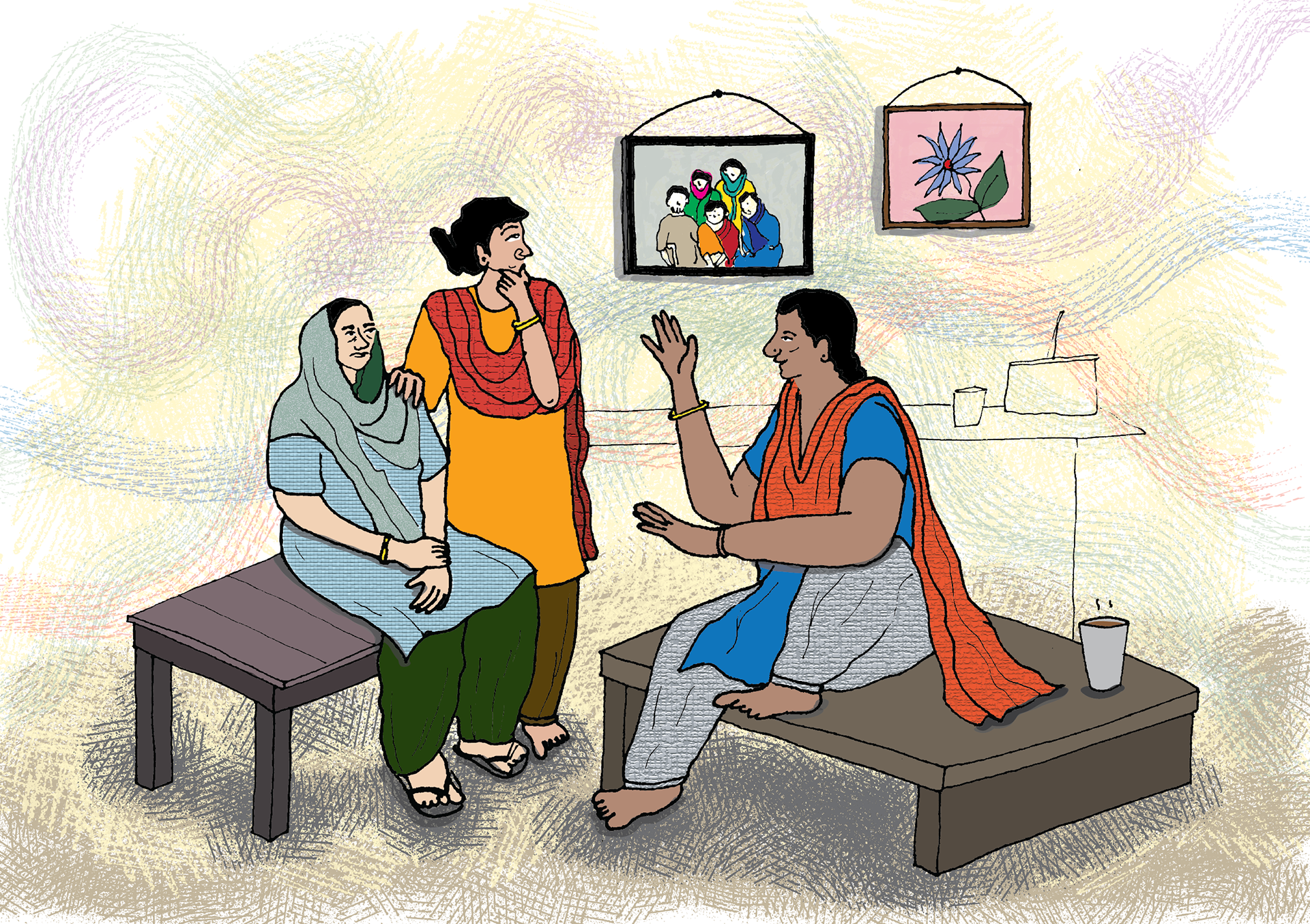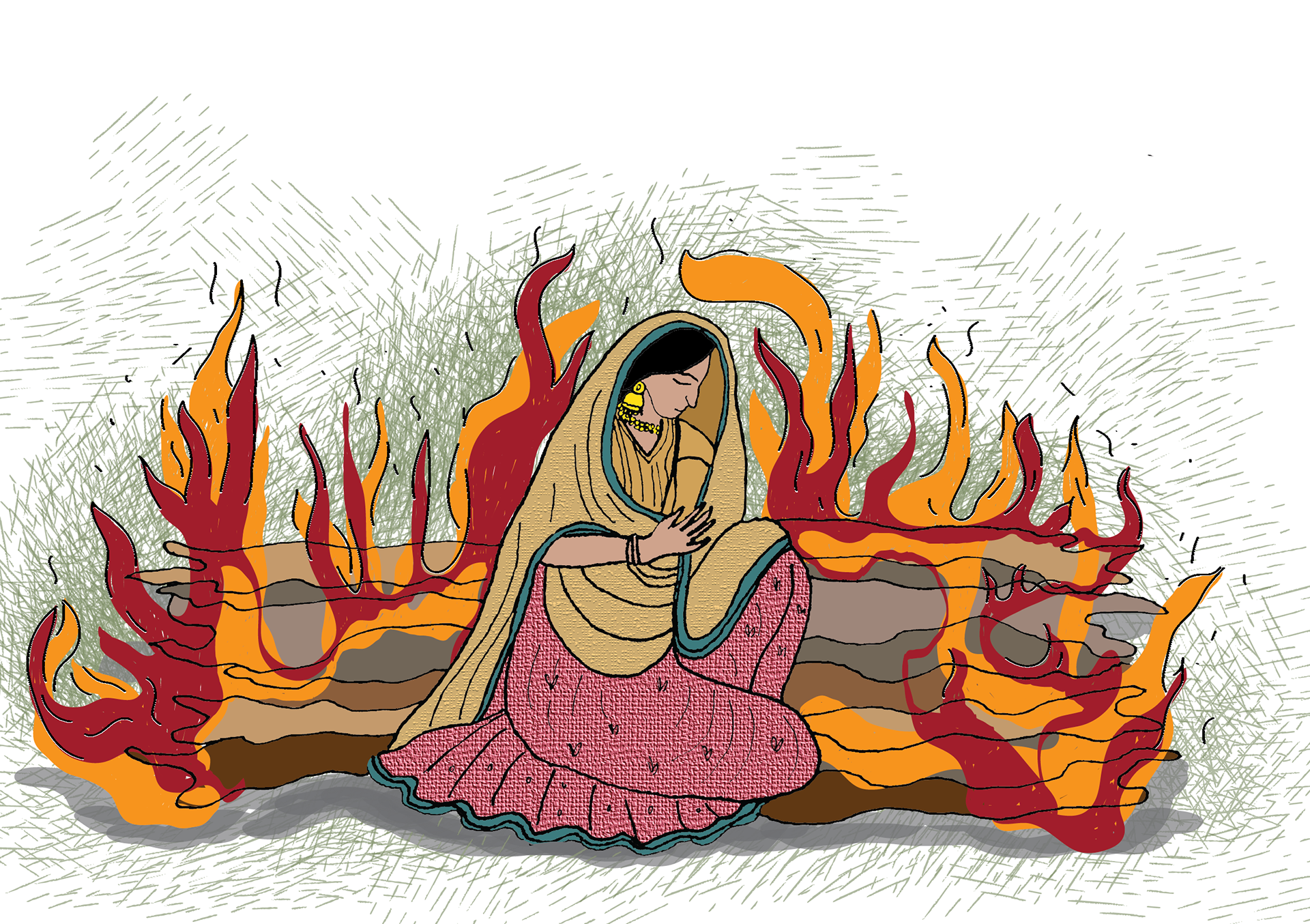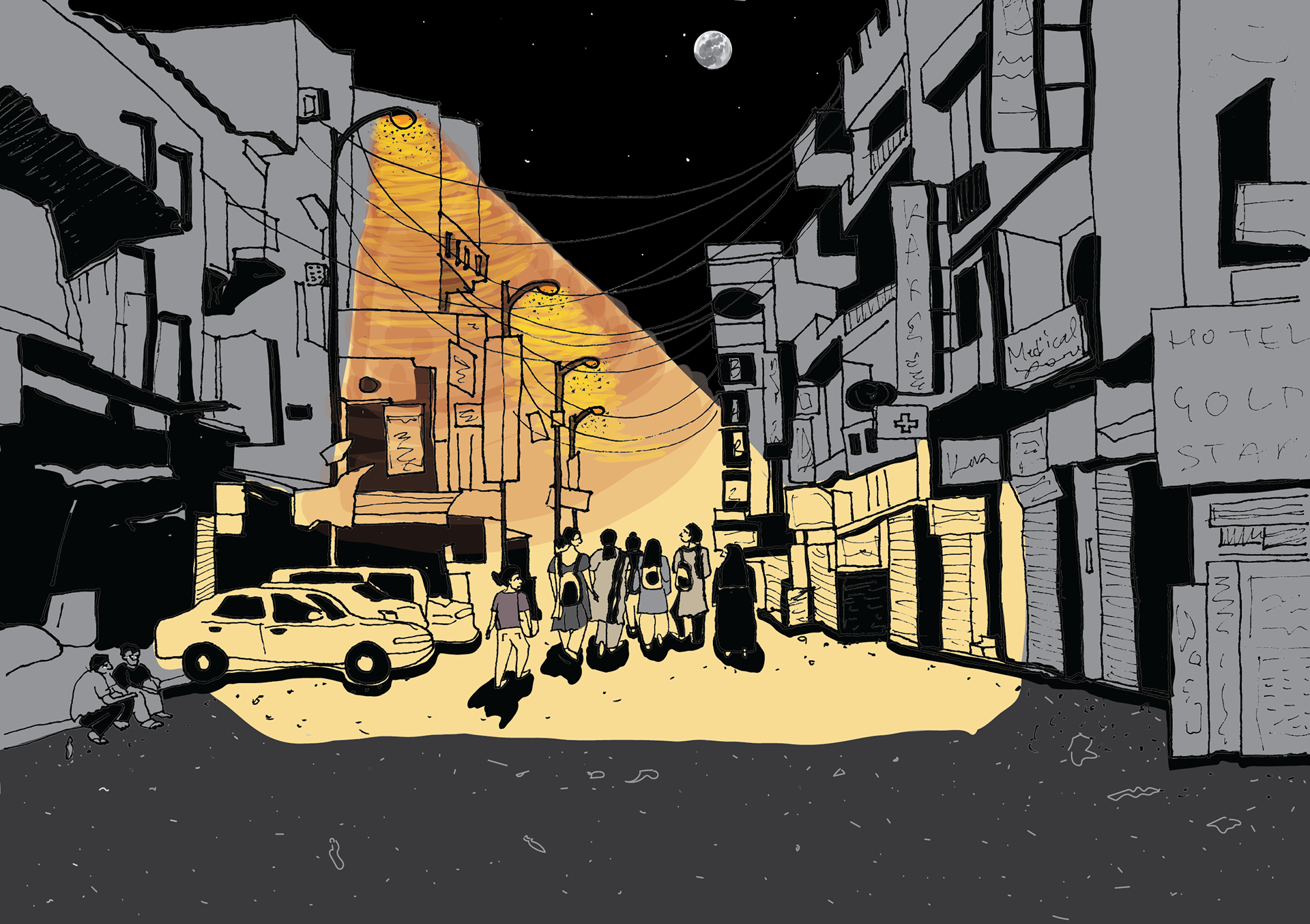A collection of editorial illustrations for a thematic neighbourhood walk manual created by Nirantar Trust, Delhi.
Nirantar trains young women and girls from lower-income backgrounds across Delhi to learn about their neighbourhoods and local histories in order to understand where they come from and what their place in the urban is; to use their neighbourhoods as resources and places to contribute to in a way that enhances their lives. The manual for which these illustrations were made is designed as a guidebook for these young women who would like to train to become facilitators of walks in their own neighbourhoods. These training sessions are to be conducted within the Nirantar classrooms and training centres while the walks themselves are to happen across the city, eventually also to take place in other parts of the country.
The manual is divided into four sections, each with it’s own set of tasks and outputs. The illustrations, 40 in all, were made to enrich but also to assist in illustrating some of the activities and concepts better, concepts such as community history, story-making and story telling, fieldwork etiquette and research ethics, etc. These drawings are a result of months of secondary research done using Nirantar’s own digital resources as well as my own, since the drawings were to be as contextually appropriate and as close to representing reality as possible.
For Part I of these illustrations, I decided to draw a handful of young girls and one main facilitator leading the workshop, as repeating characters who appear across the manual. They are seen doing multiple activities in classrooms as well as exploring the city together, much like the young women from Nirantar’s centres.
35 Editorial illustrations | Adobe Illustrator | Urban Engagement & Research | Nirantar Trust, Delhi | 2022 | Digital
© Nirantar Trust
Section 1
Every section of the manual is a combination of activities for the participants to do with each other as well as notes and pointers for the facilitator to guide them through the sessions. Section 1 is centred around icebreaking and introductions, to familiarise the participants with the idea of neighbourhood walks and understand the importance of story telling and story making.

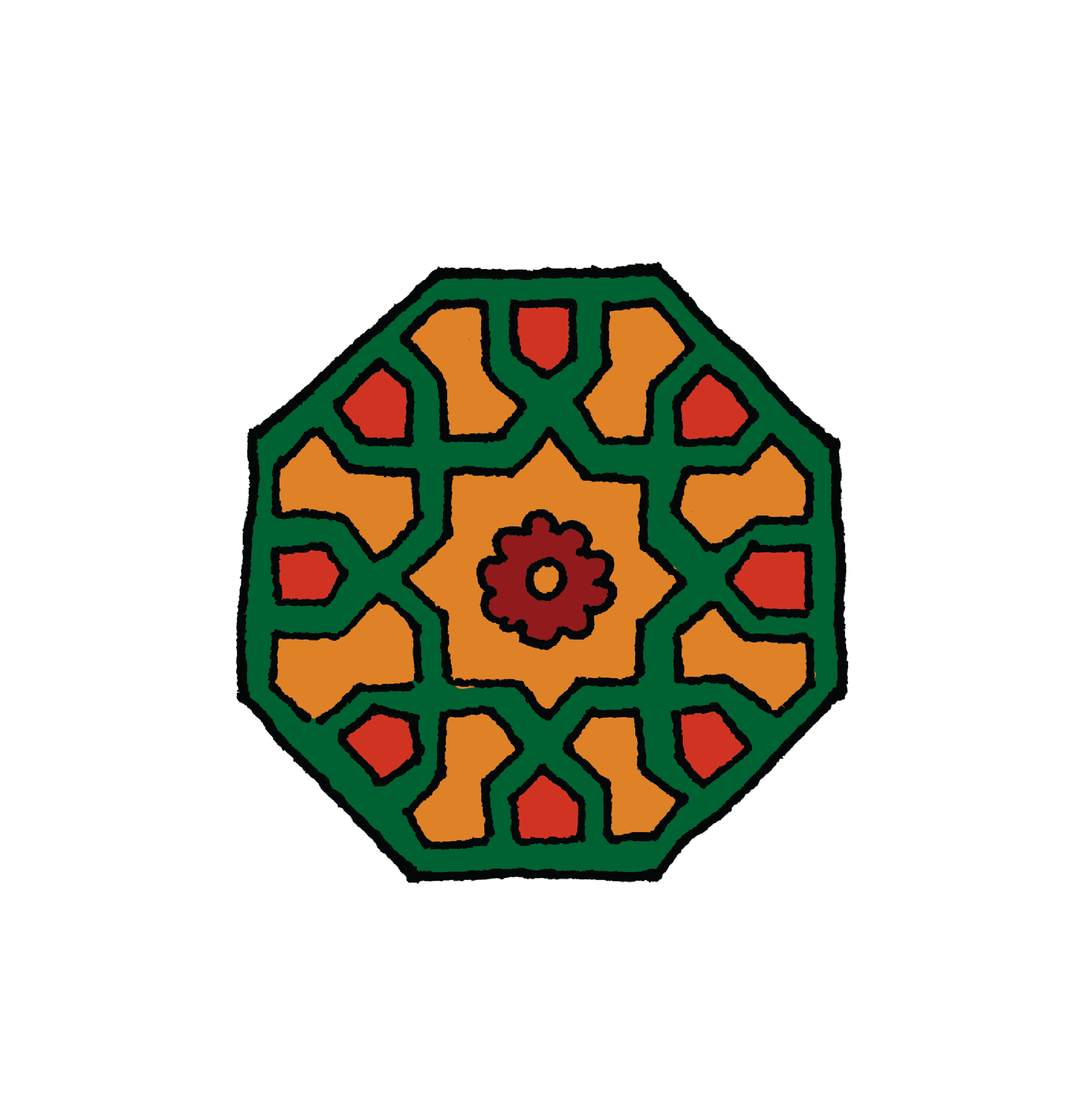
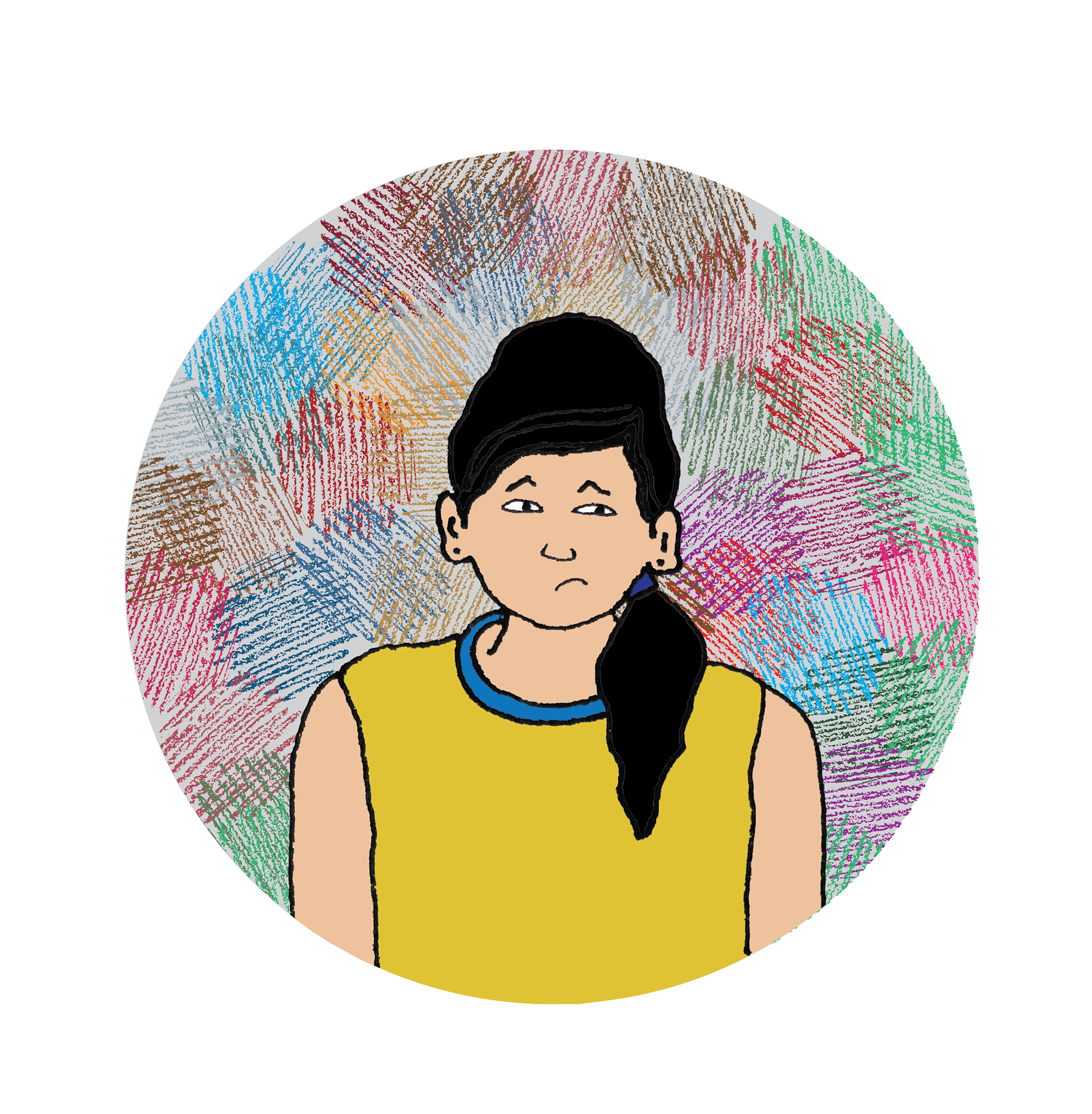
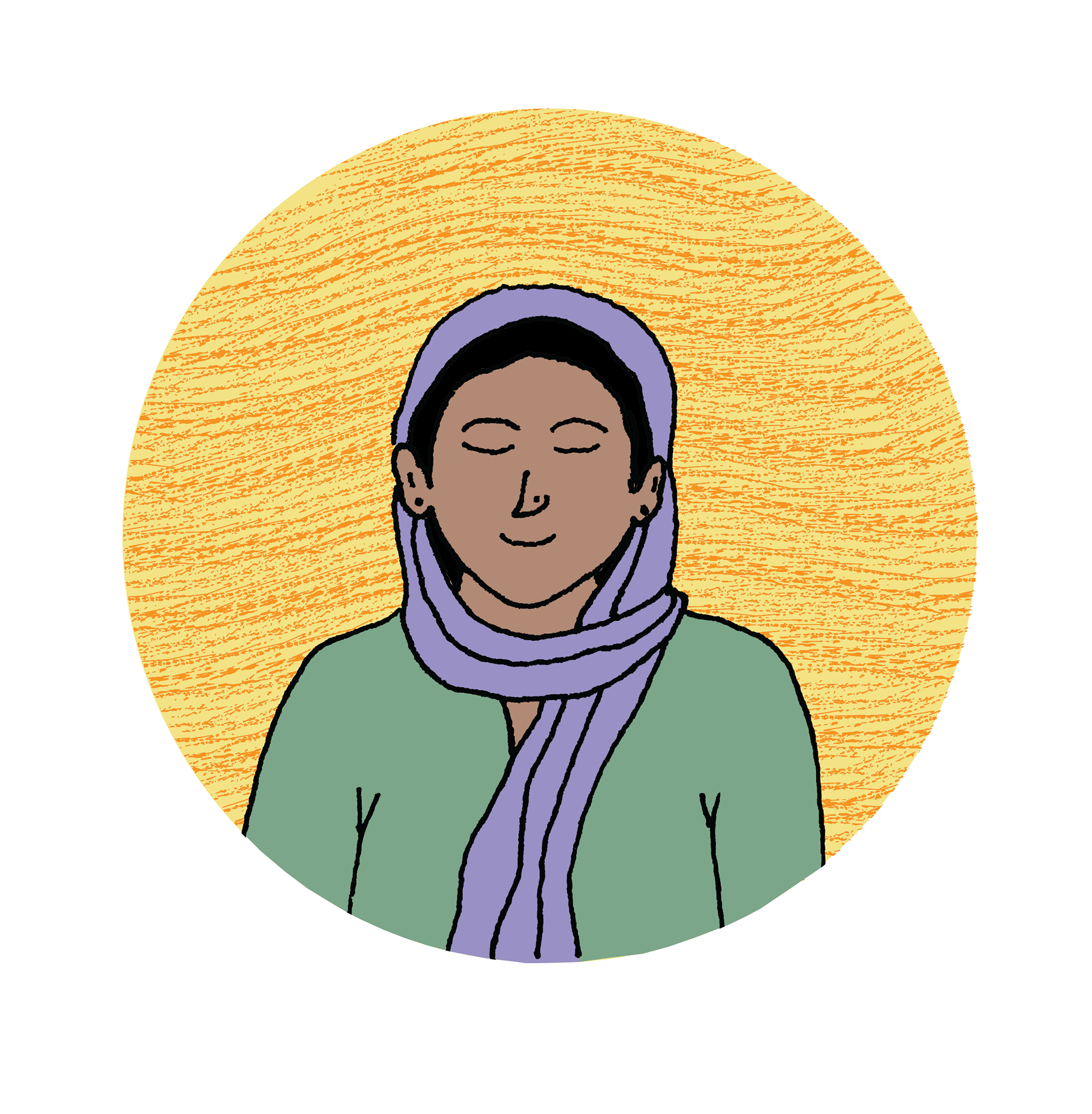
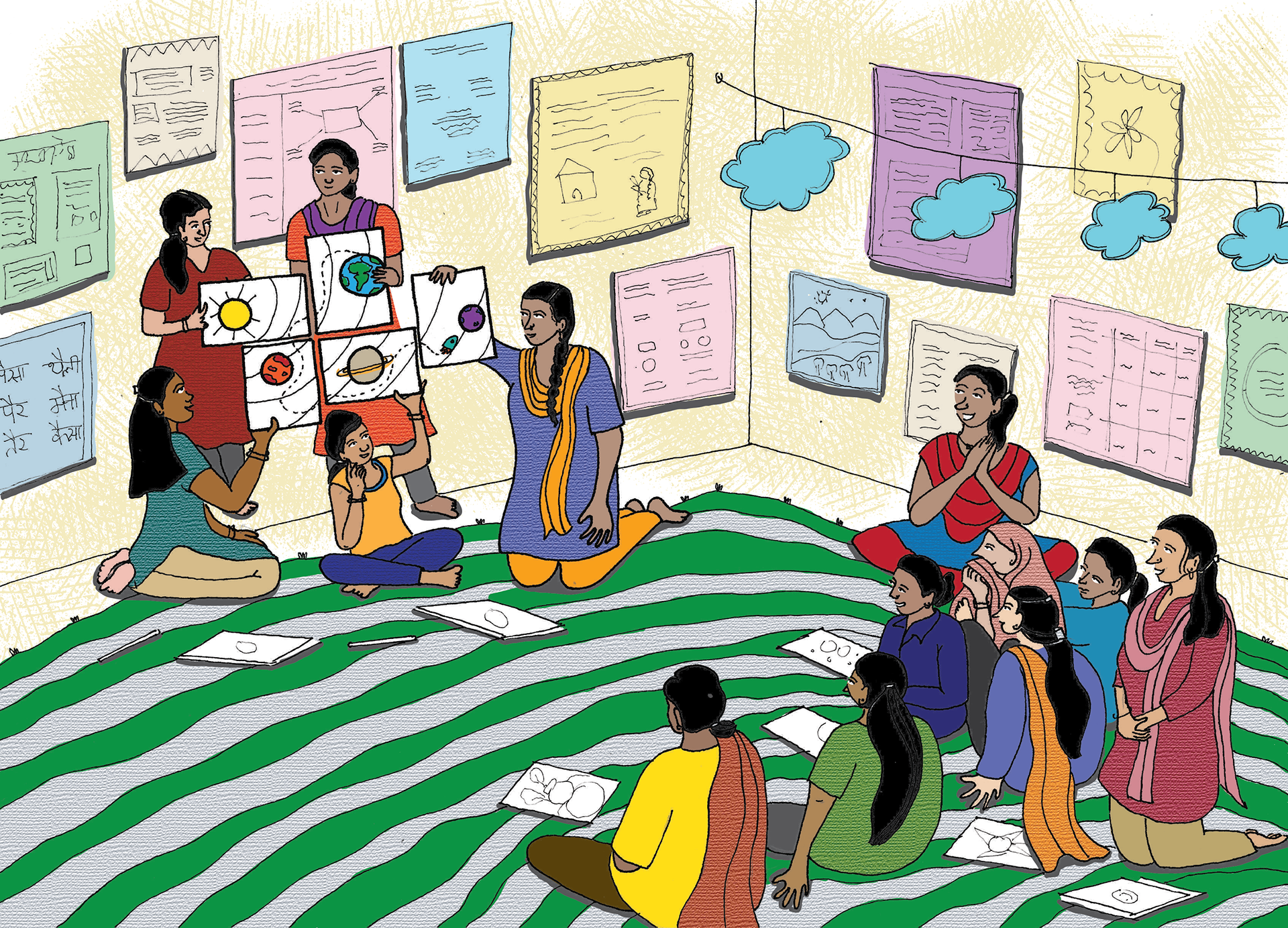
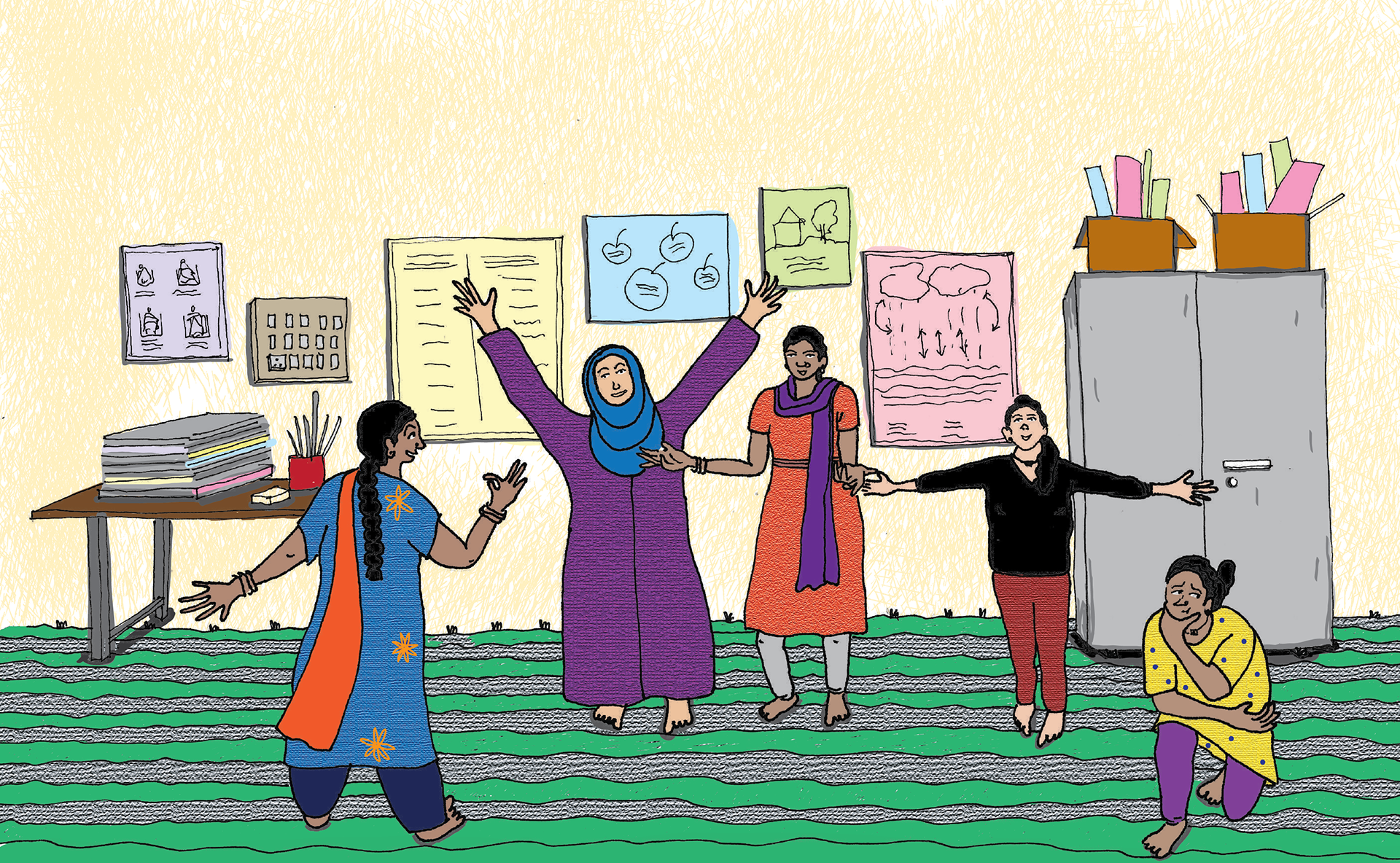
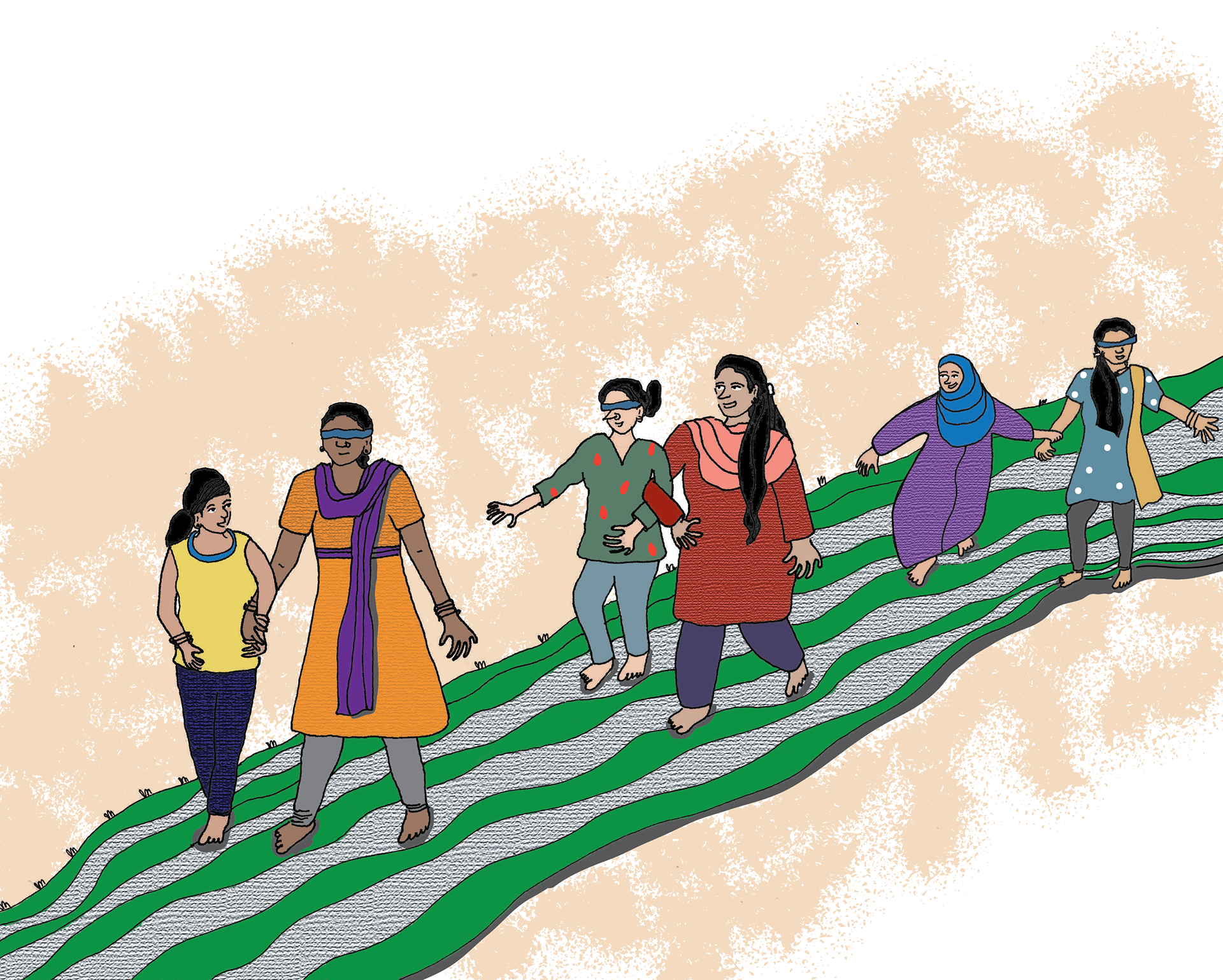
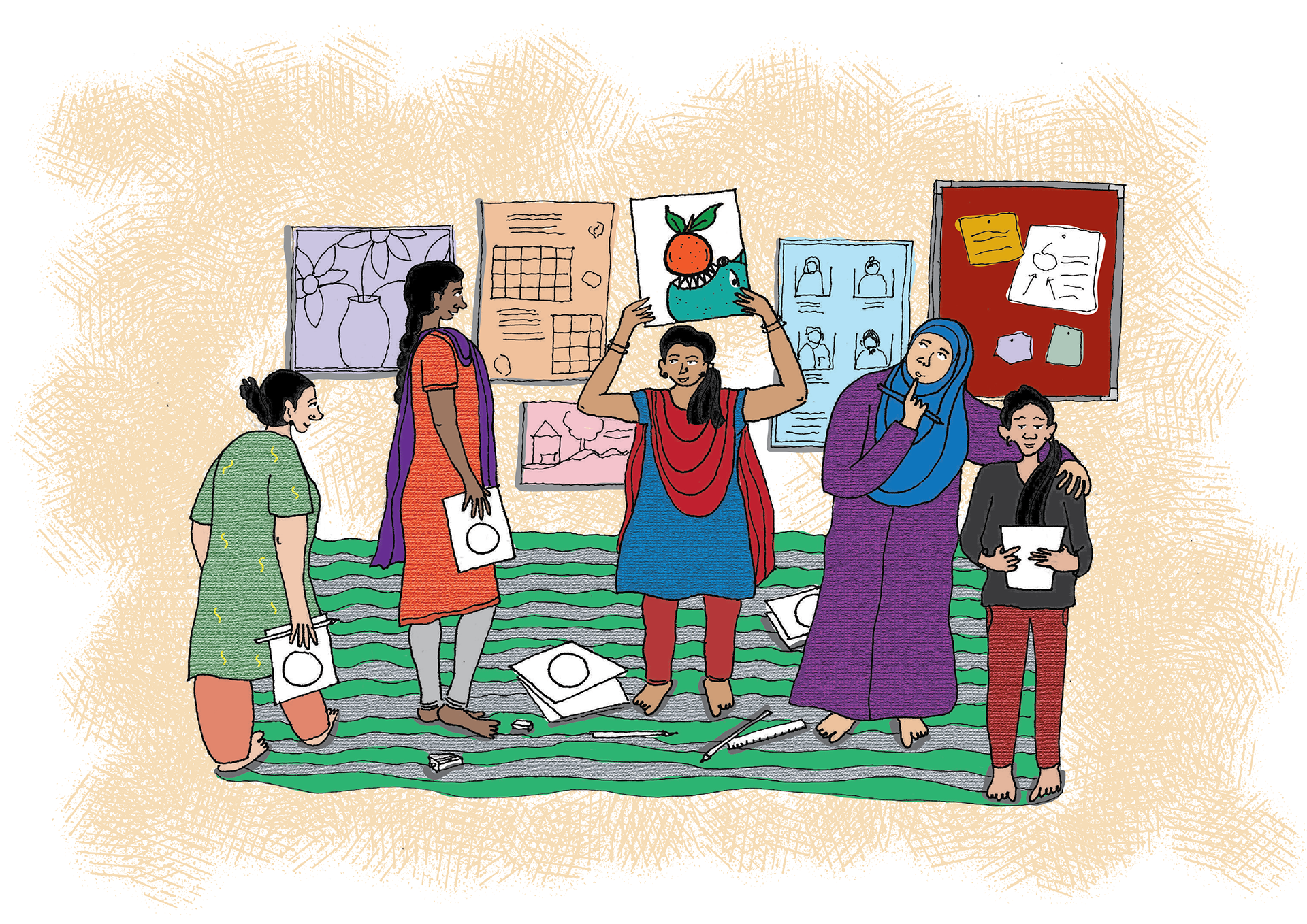
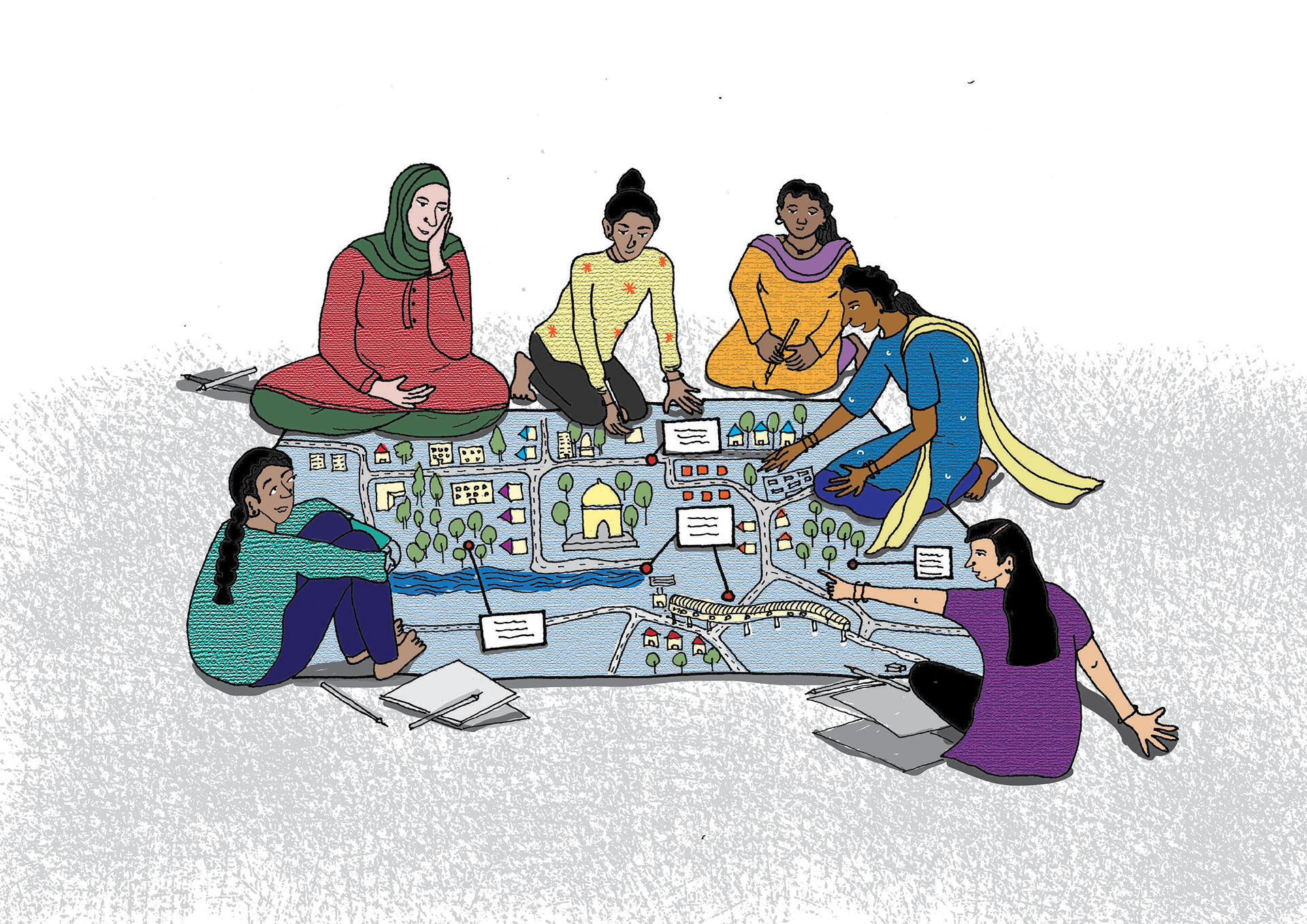
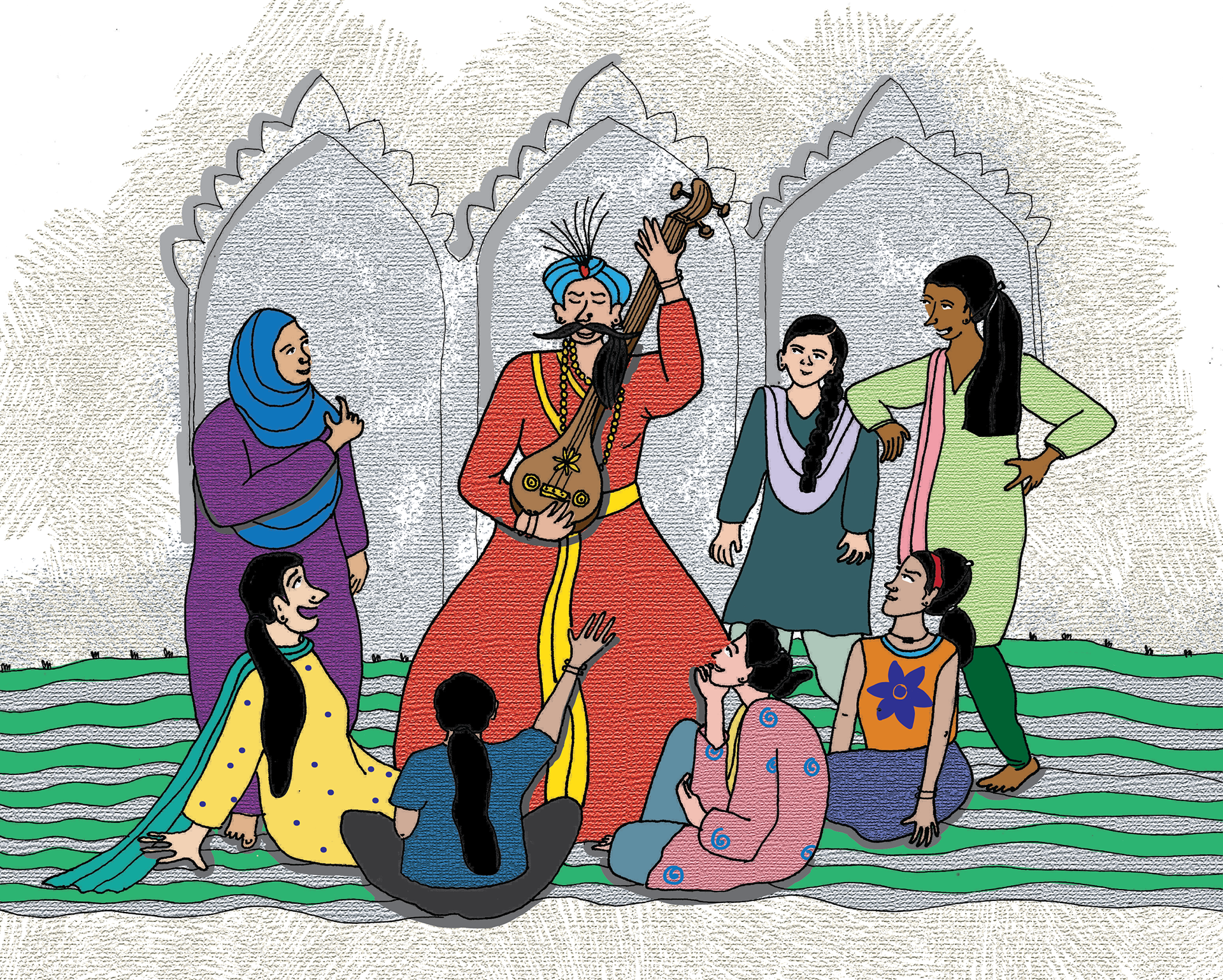
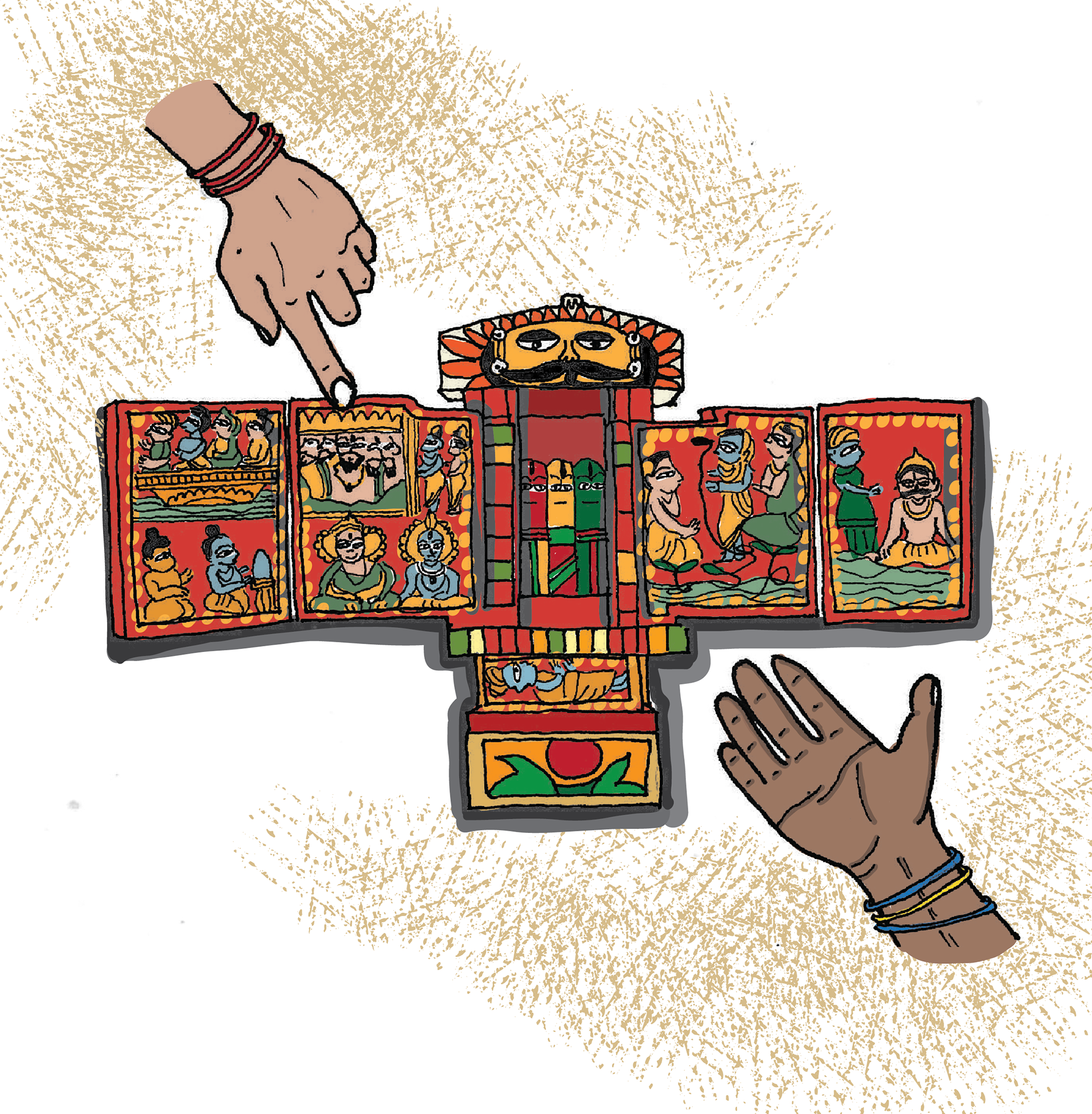
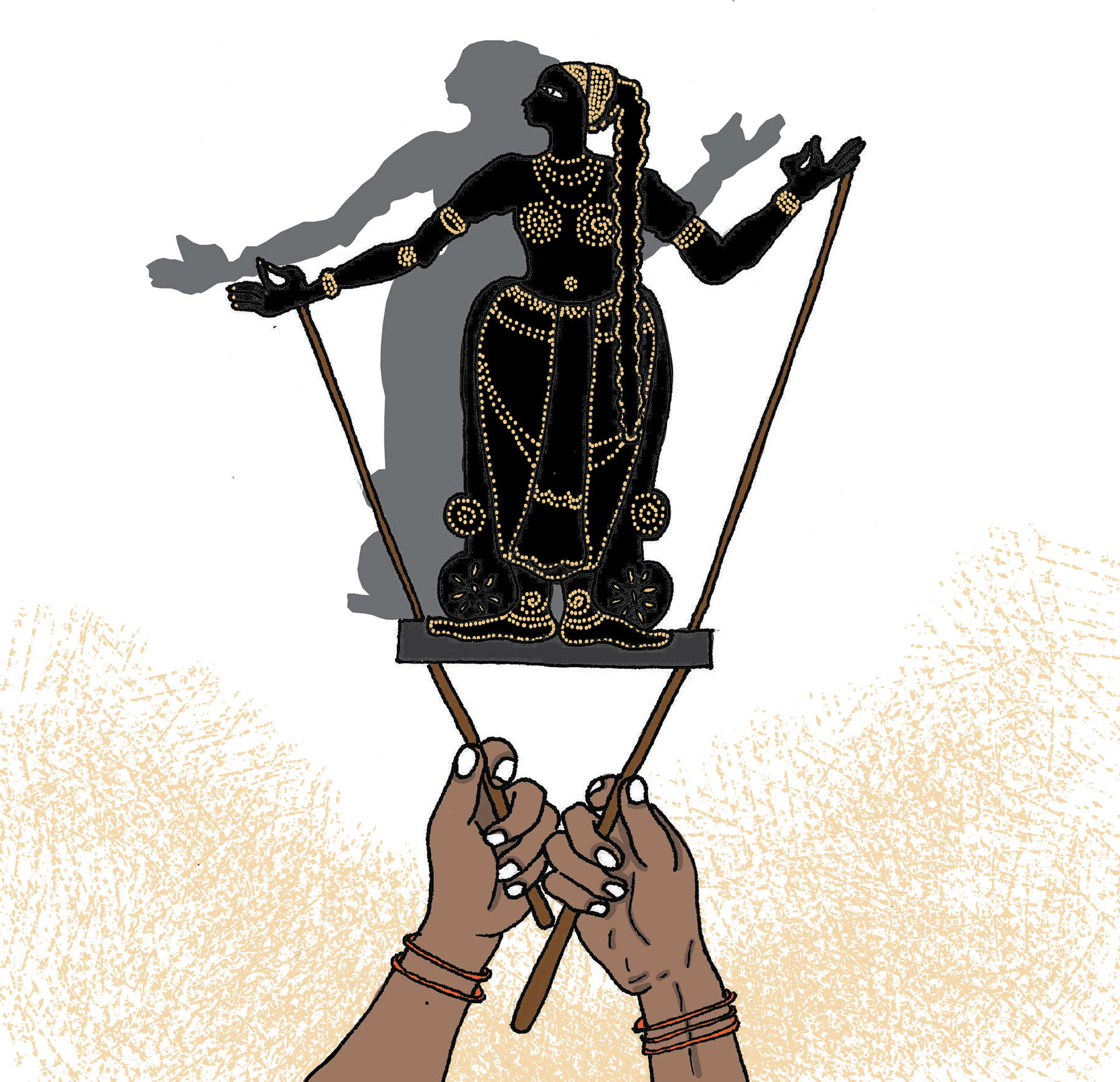
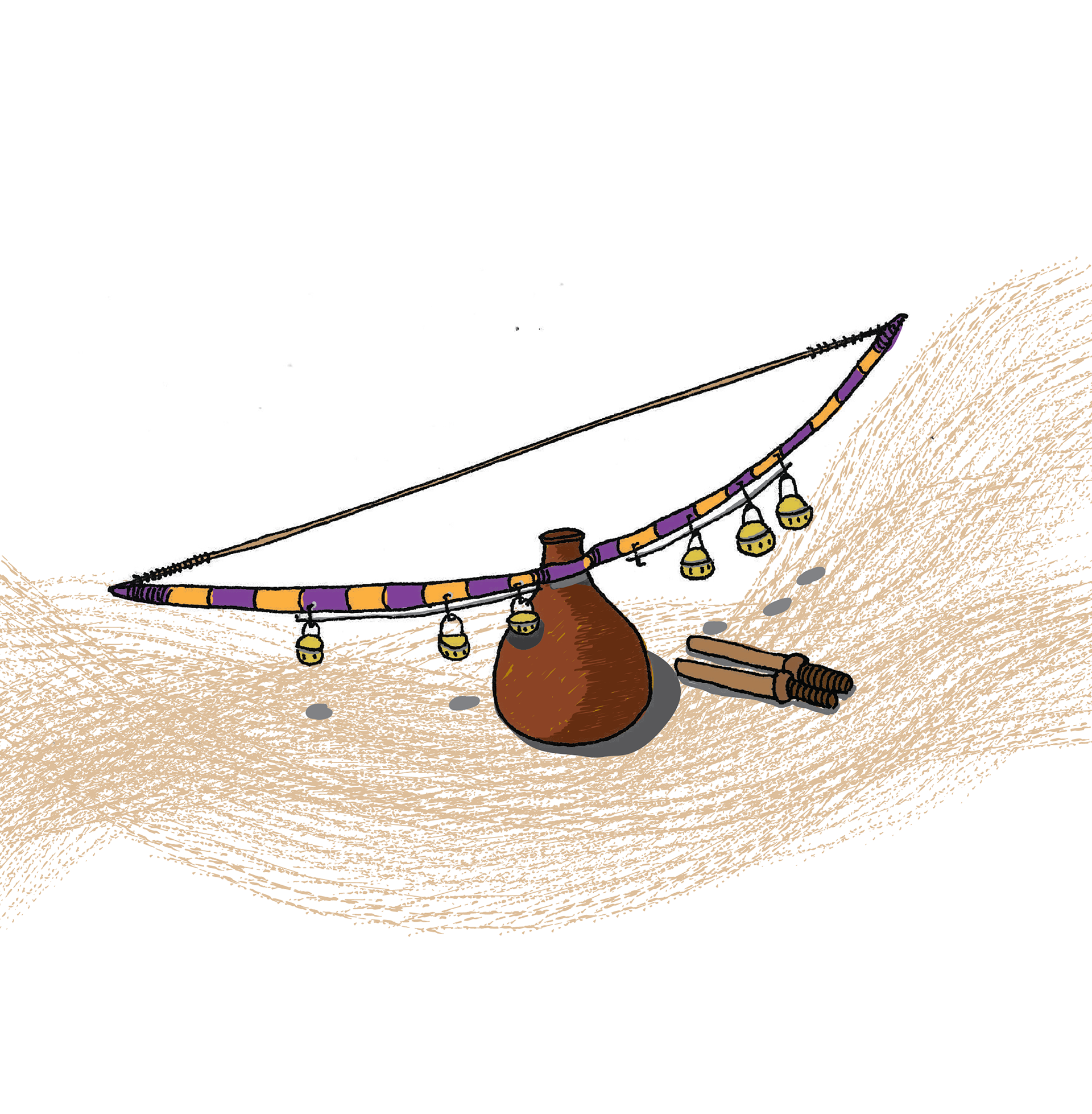
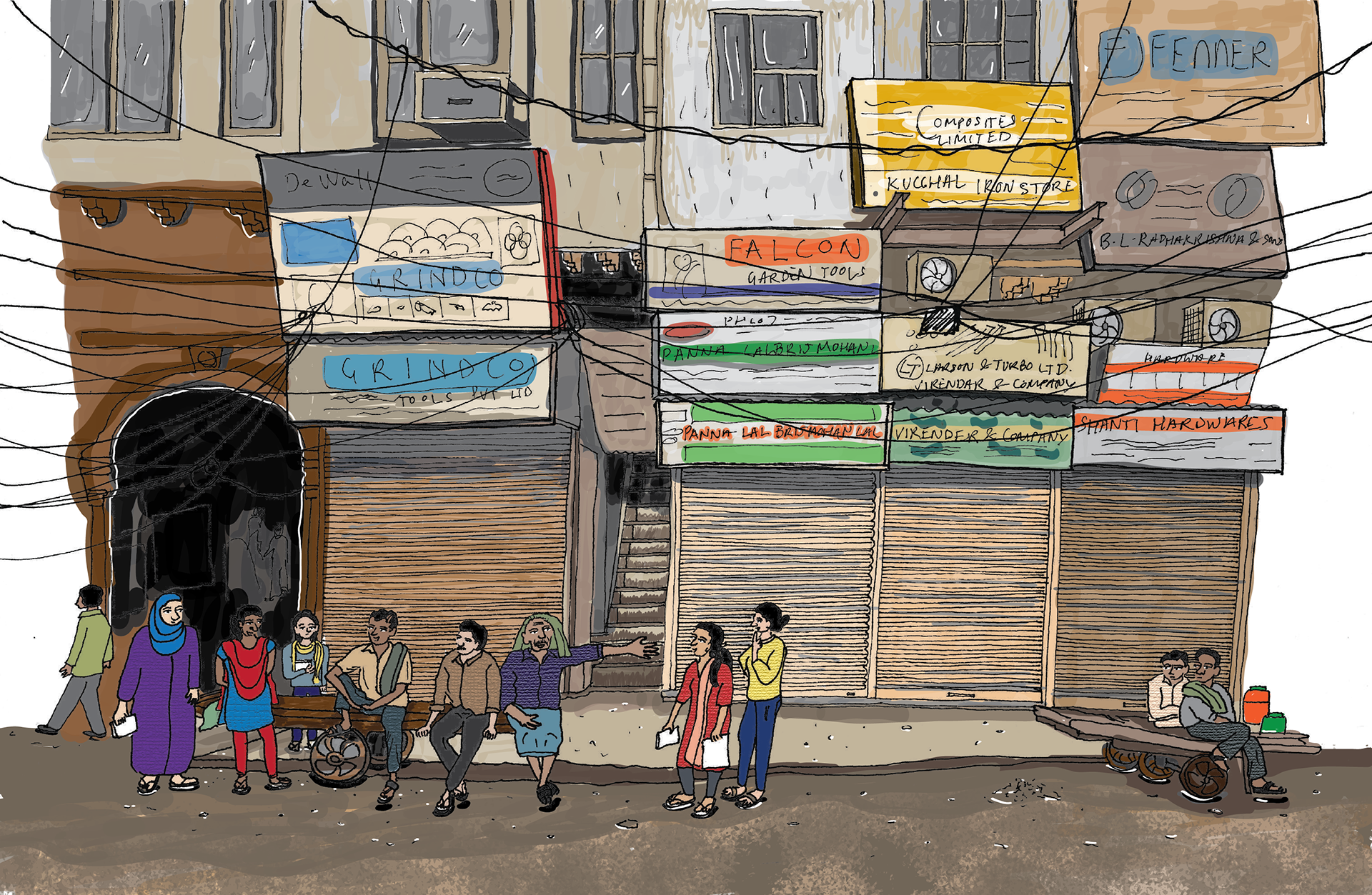
Section 2
The objective of this session is experiential learning, where the girls are taken for an actual walk by the facilitator. Post the walk, they return to the Nirantar classroom to unpack what they saw. They try to understand how to design a walk in the first place, how to frame questions in order to speak to people in the field, how their own body language and ways of questioning can affect the information they receive. They also learn about historically significant places in these neighbourhoods and how that affects community understanding.
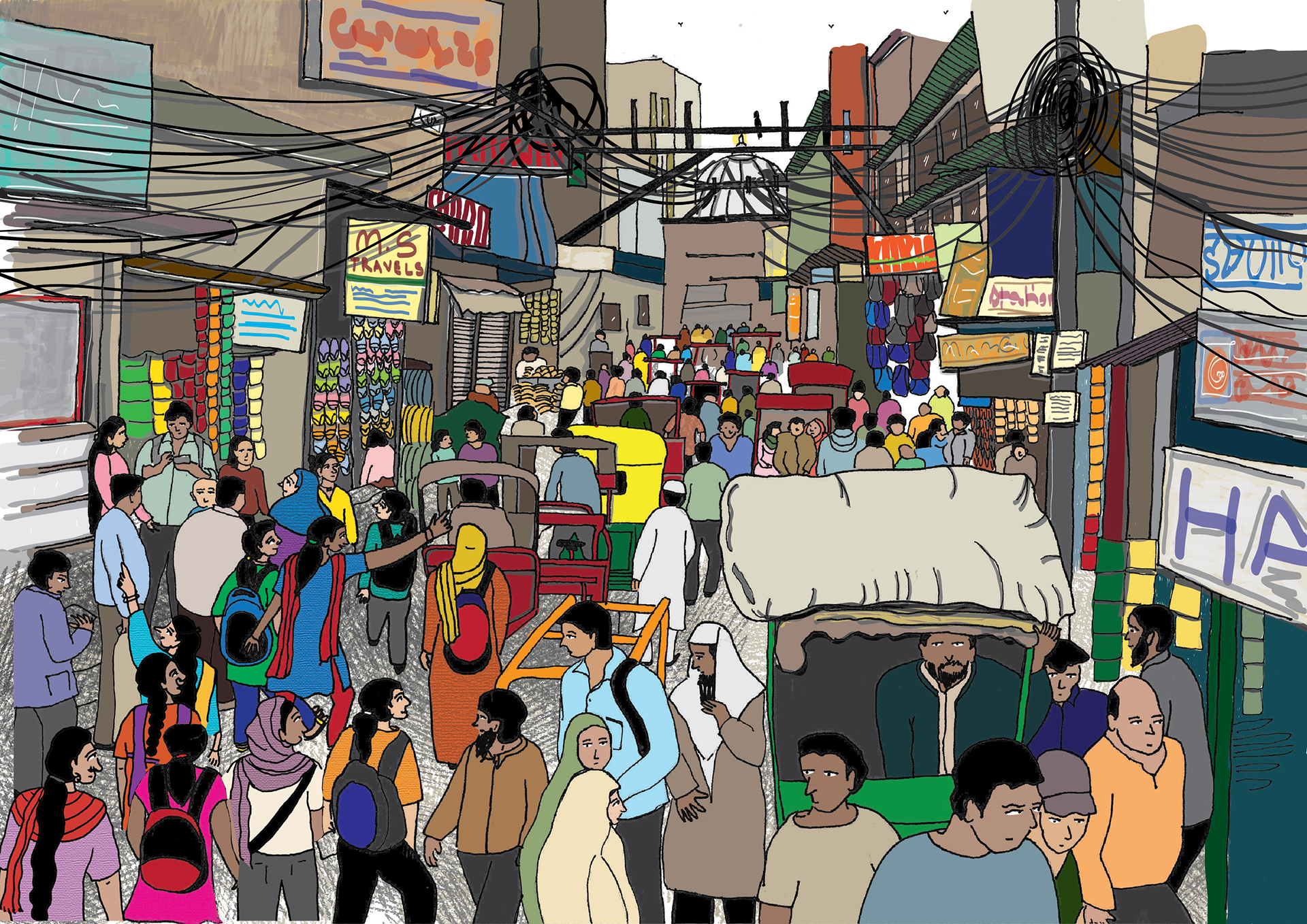
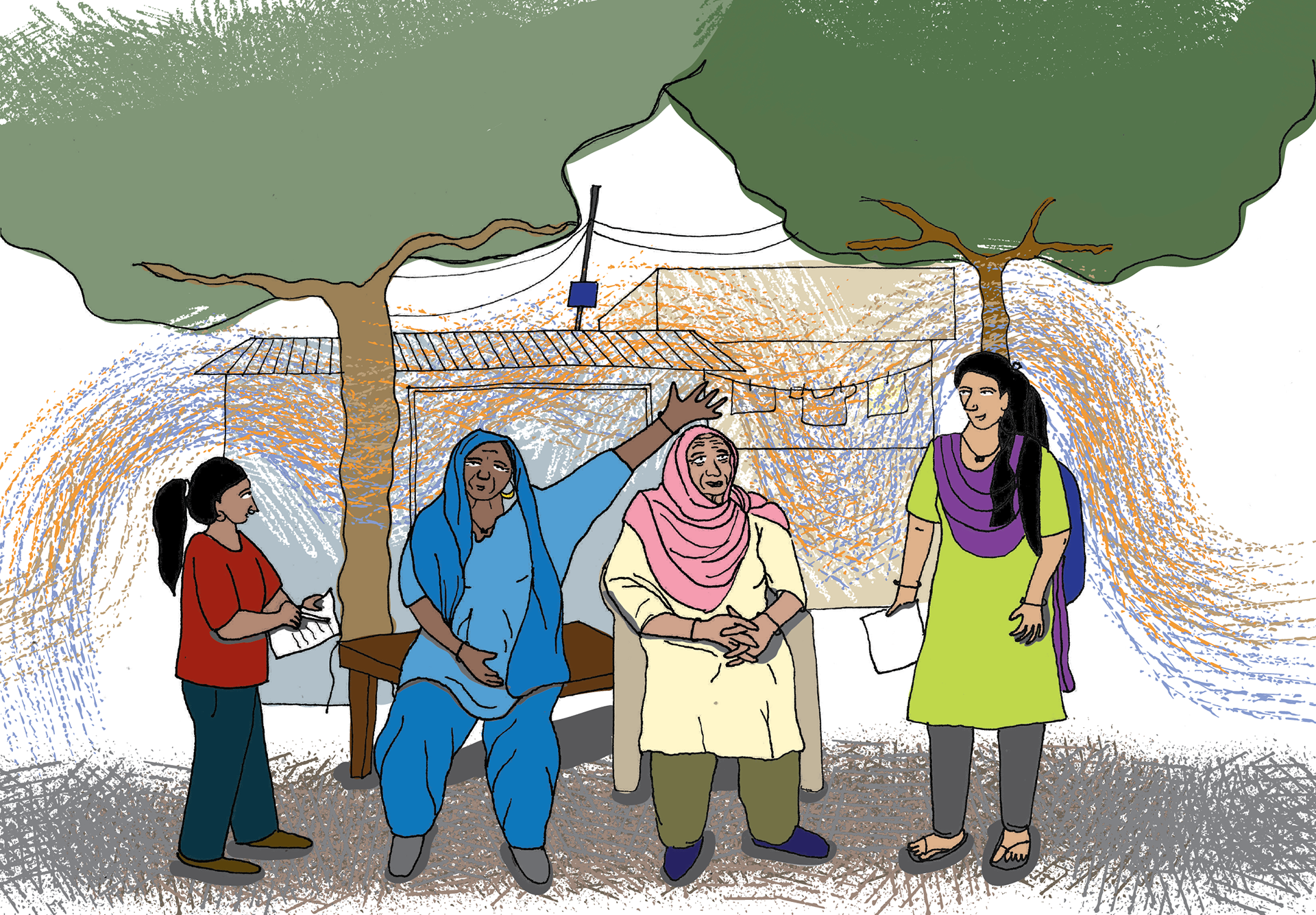
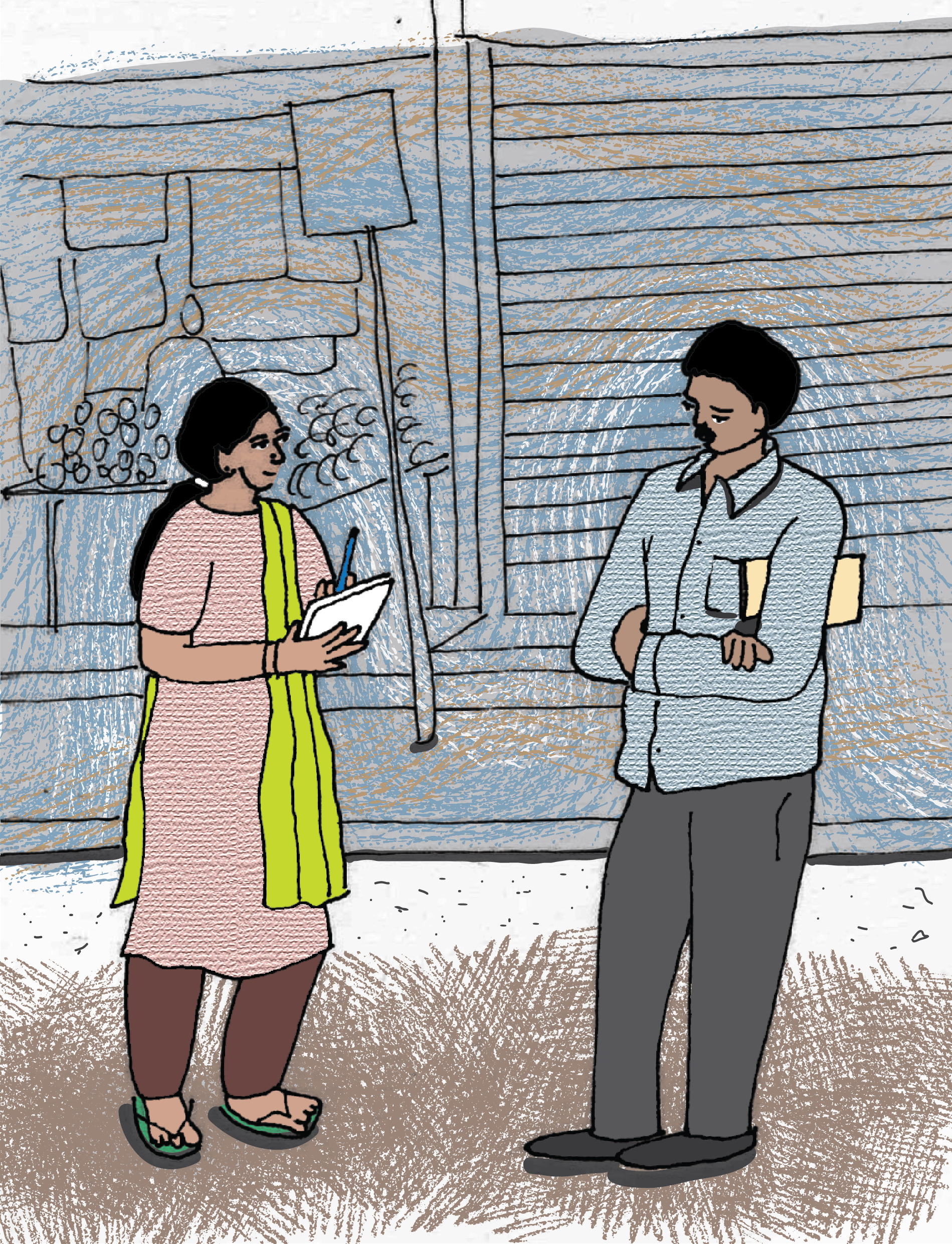
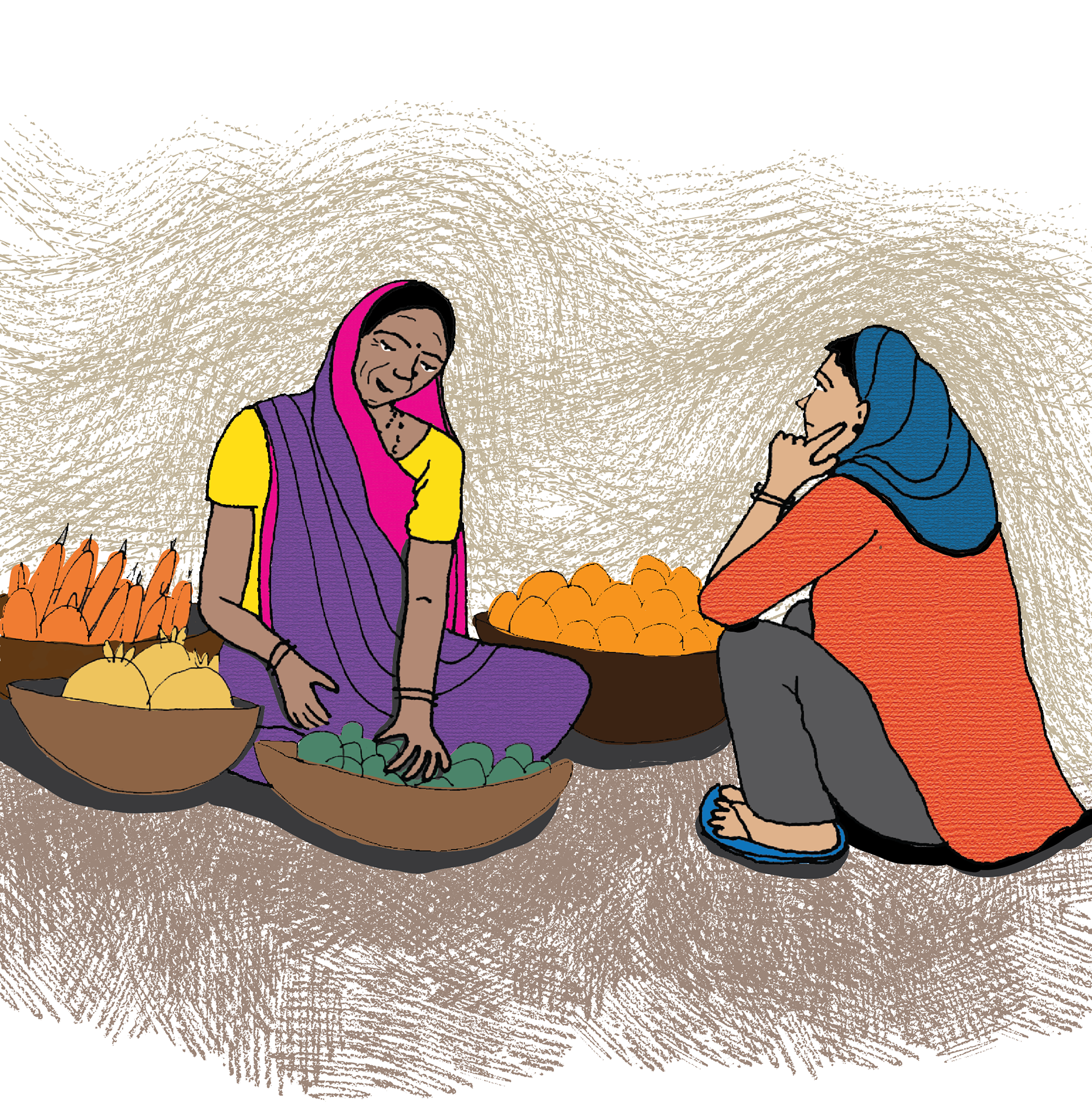
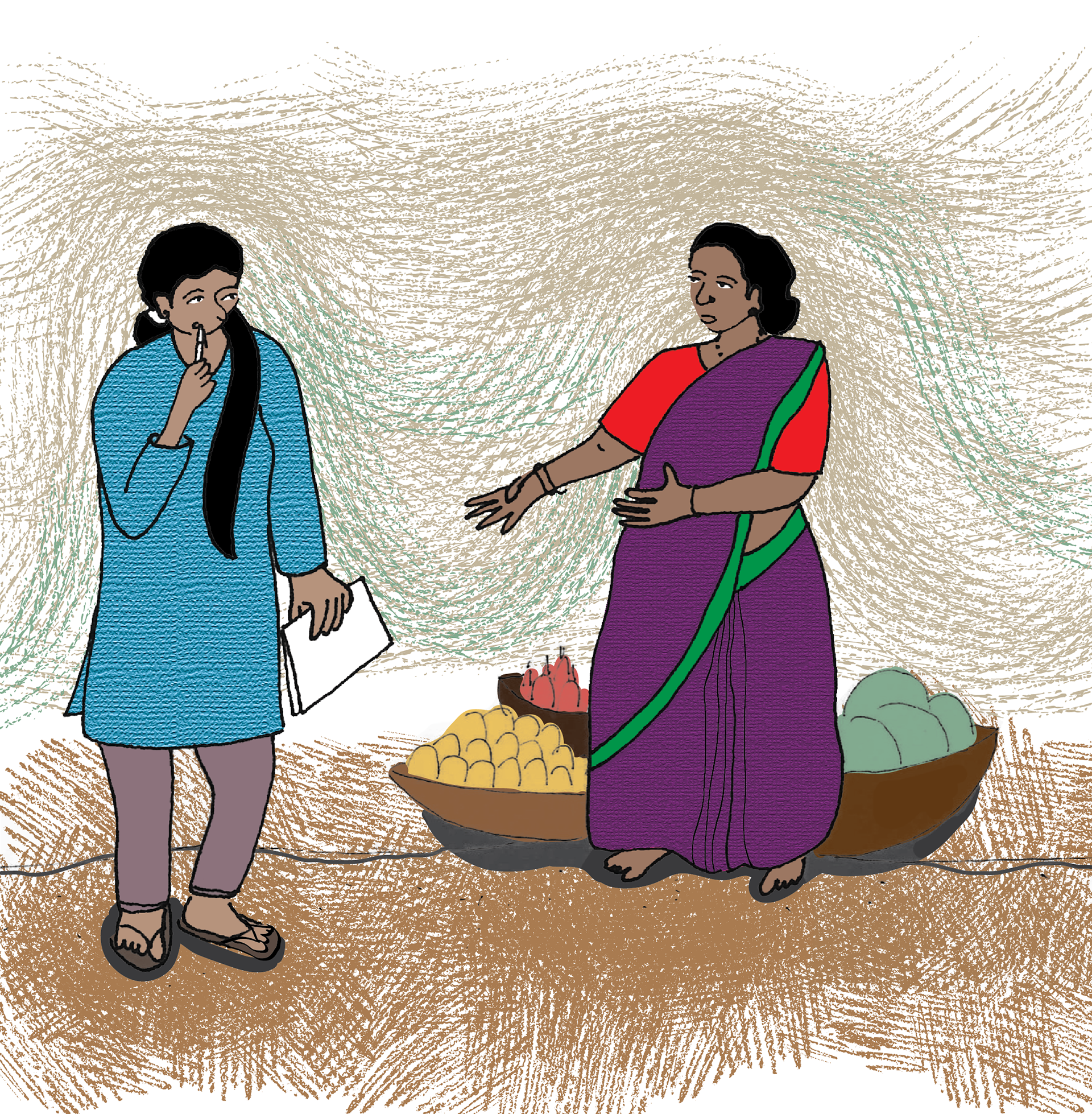
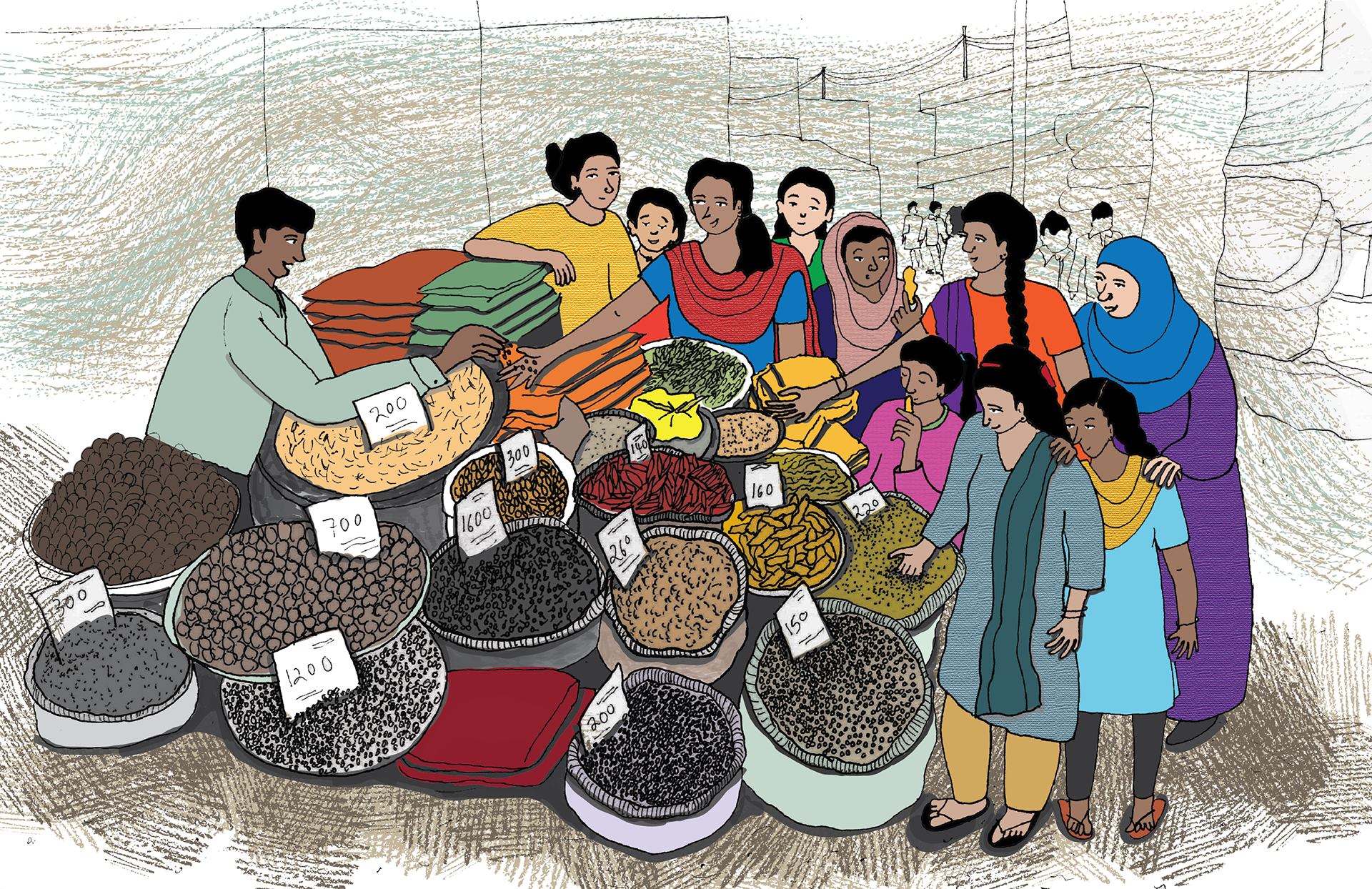
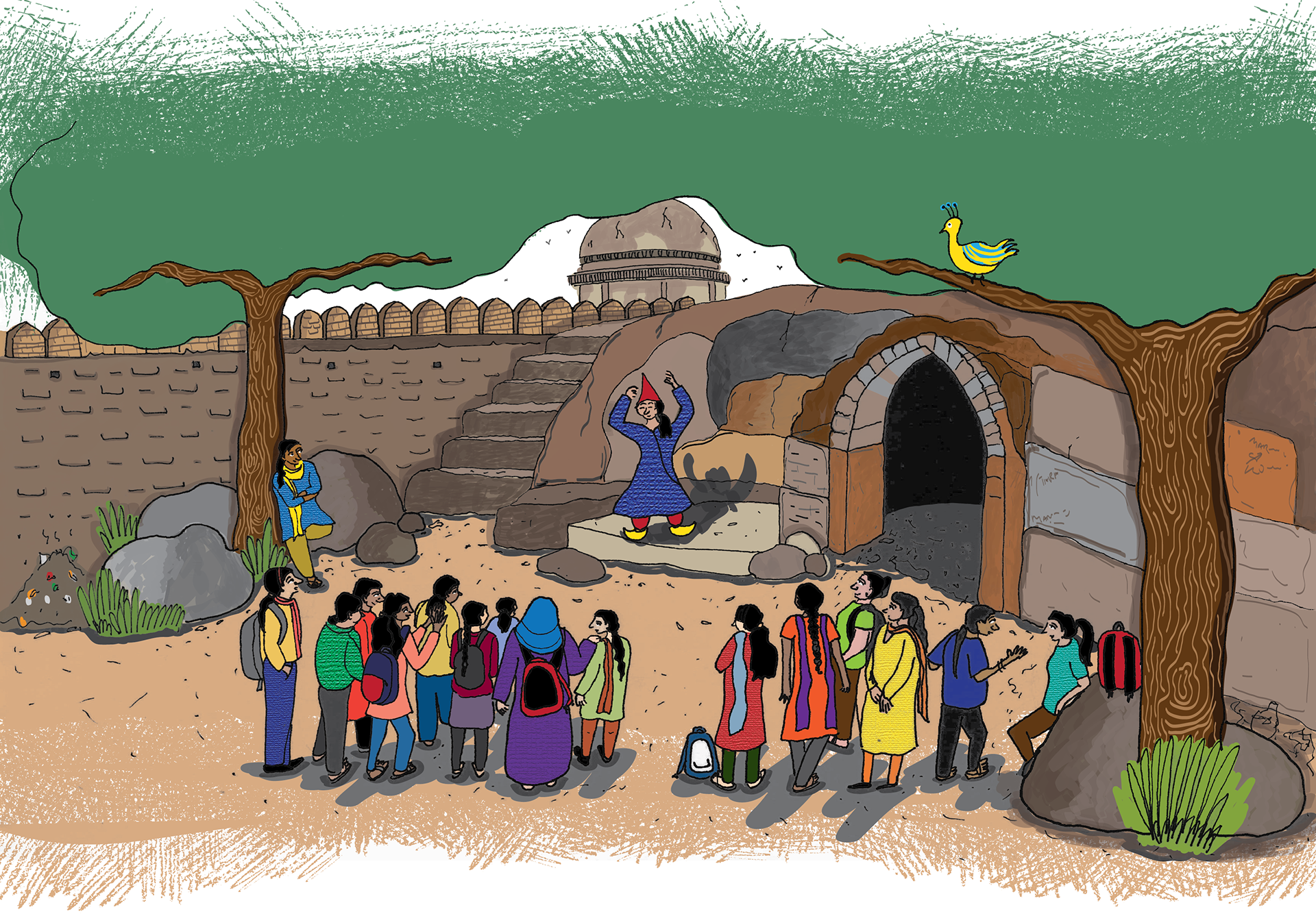
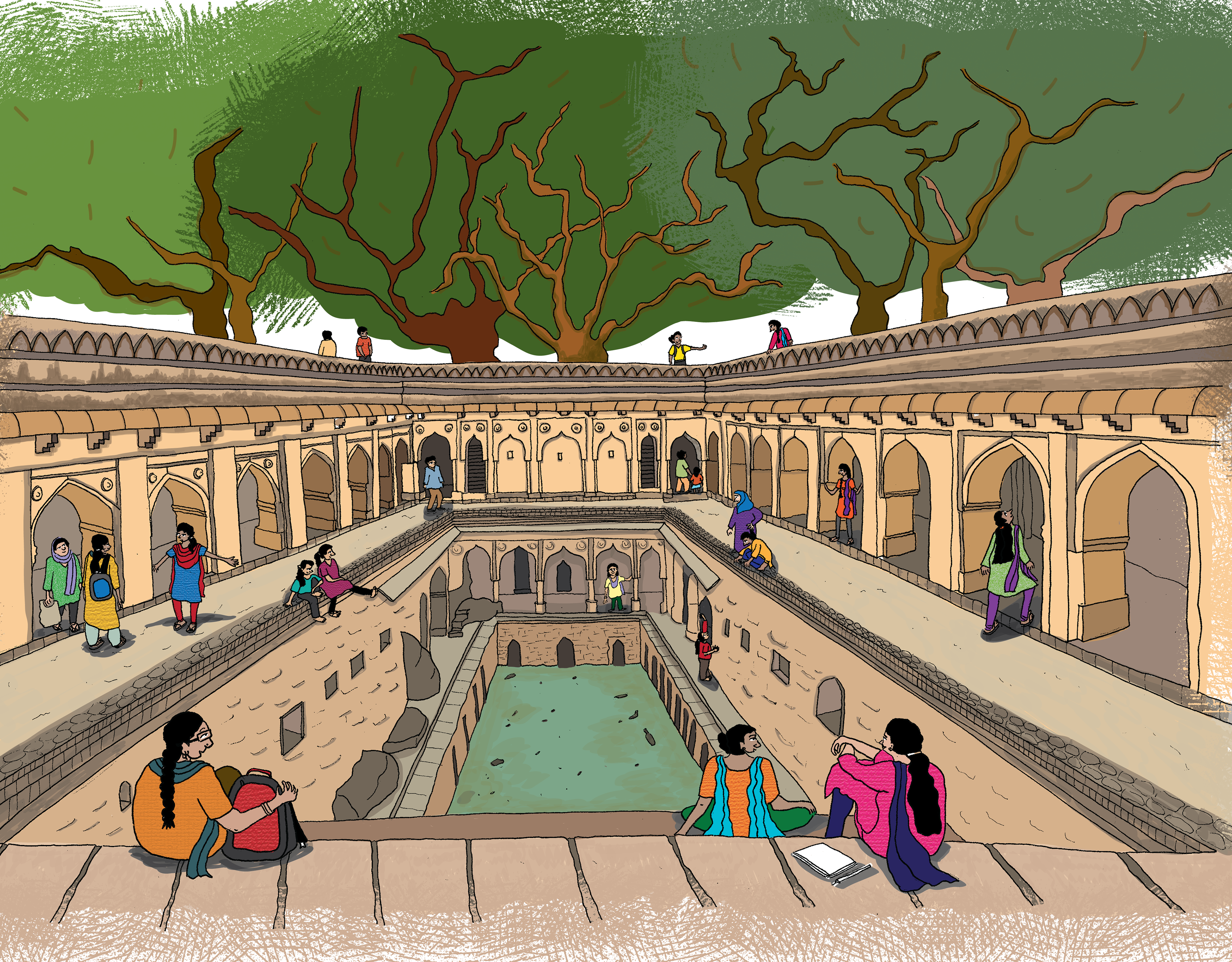
Section 3
In this session, the girls are asked to bring to the class one object of personal/familial significance and share the story associated with it. In this way, they are made to think about the importance and place objects hold in peoples lives, how they can be store- houses of memory and emotions.
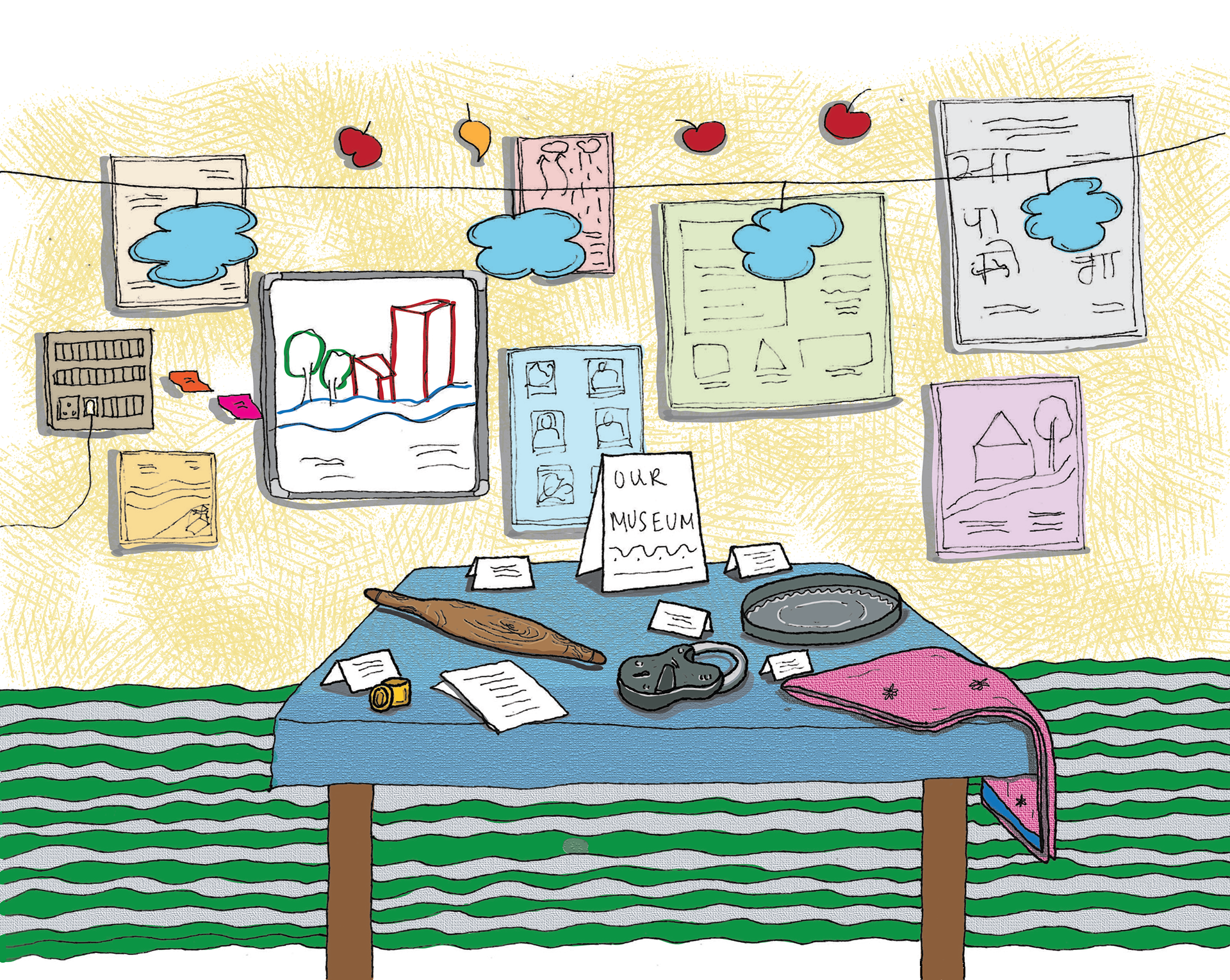
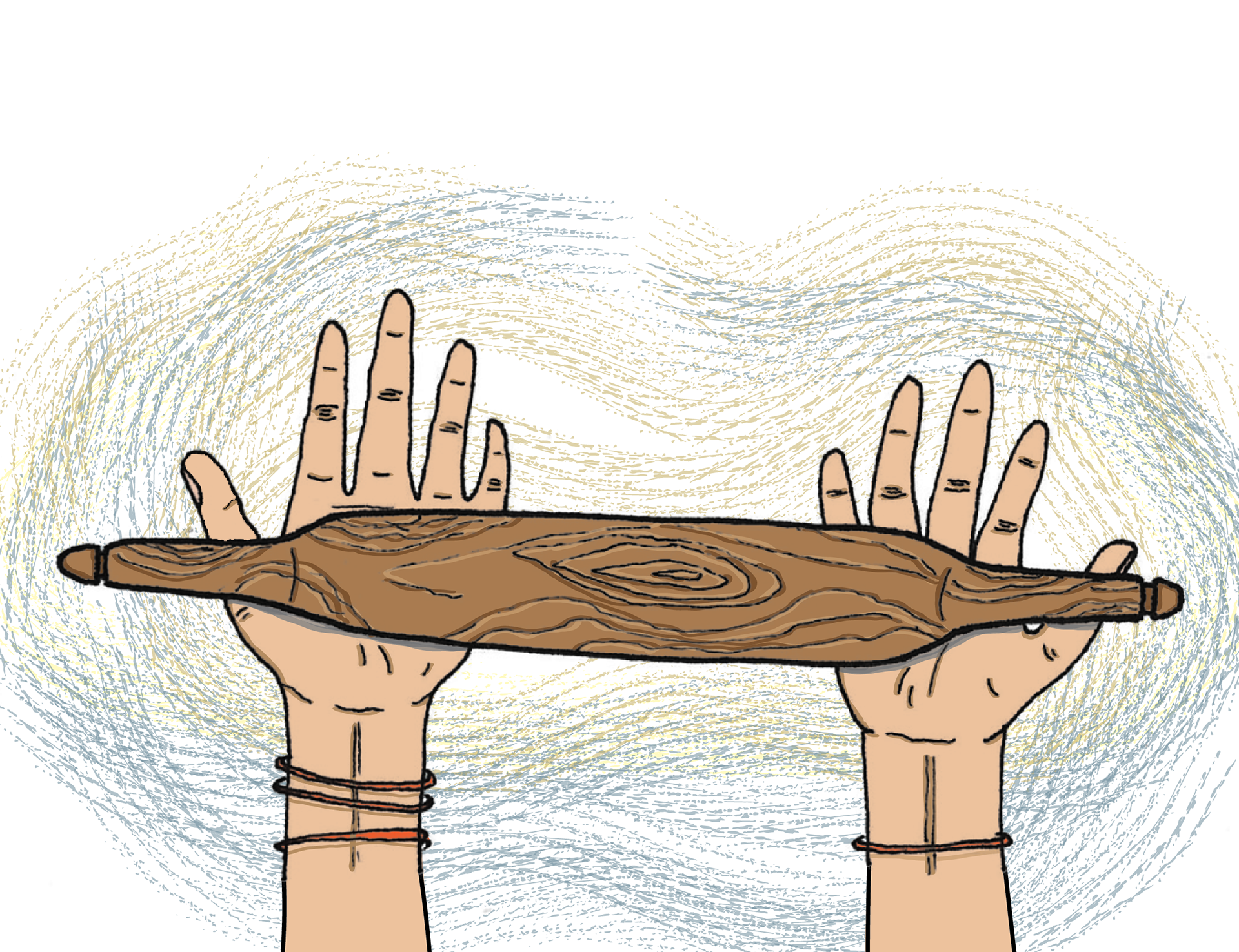
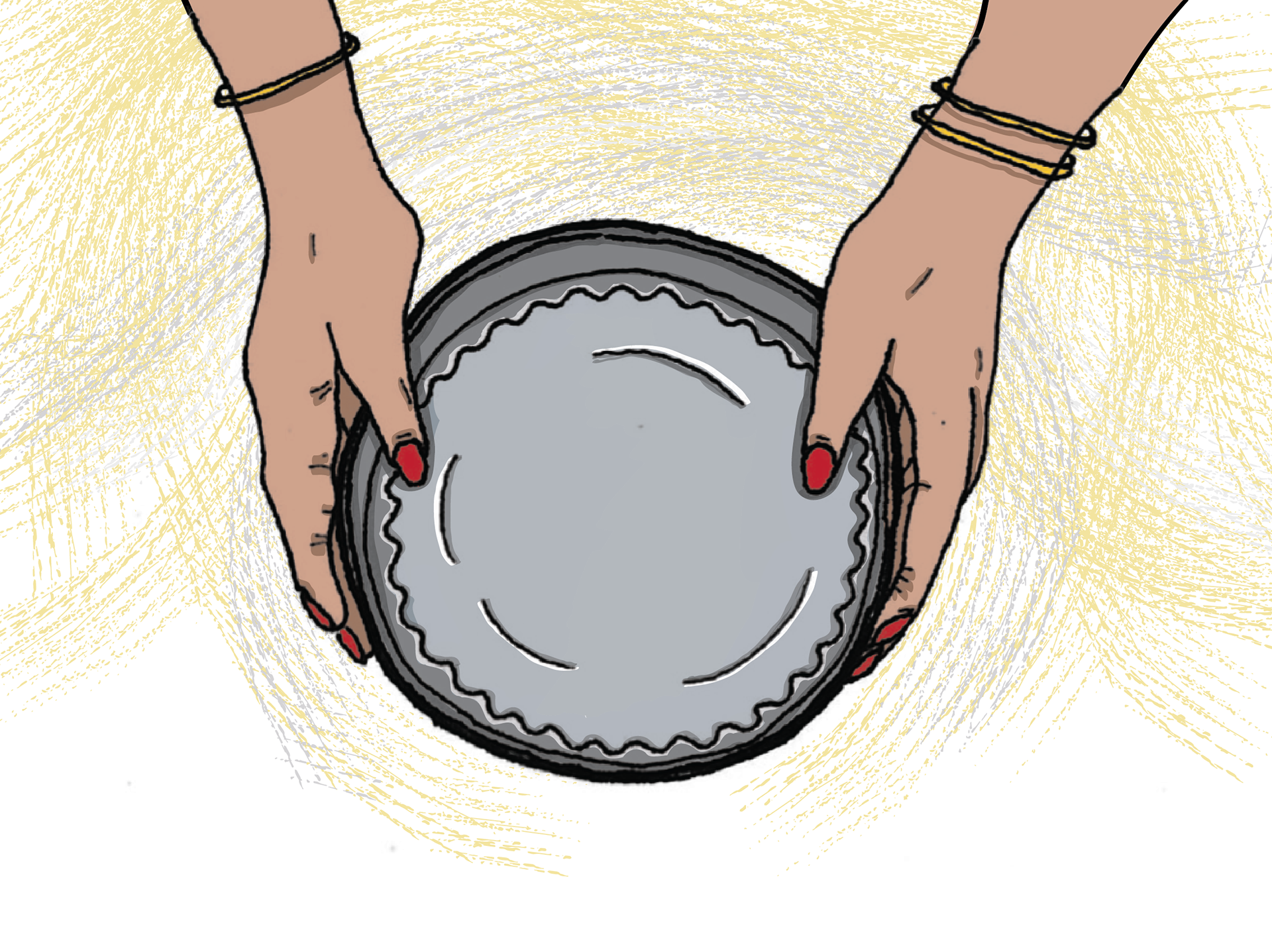
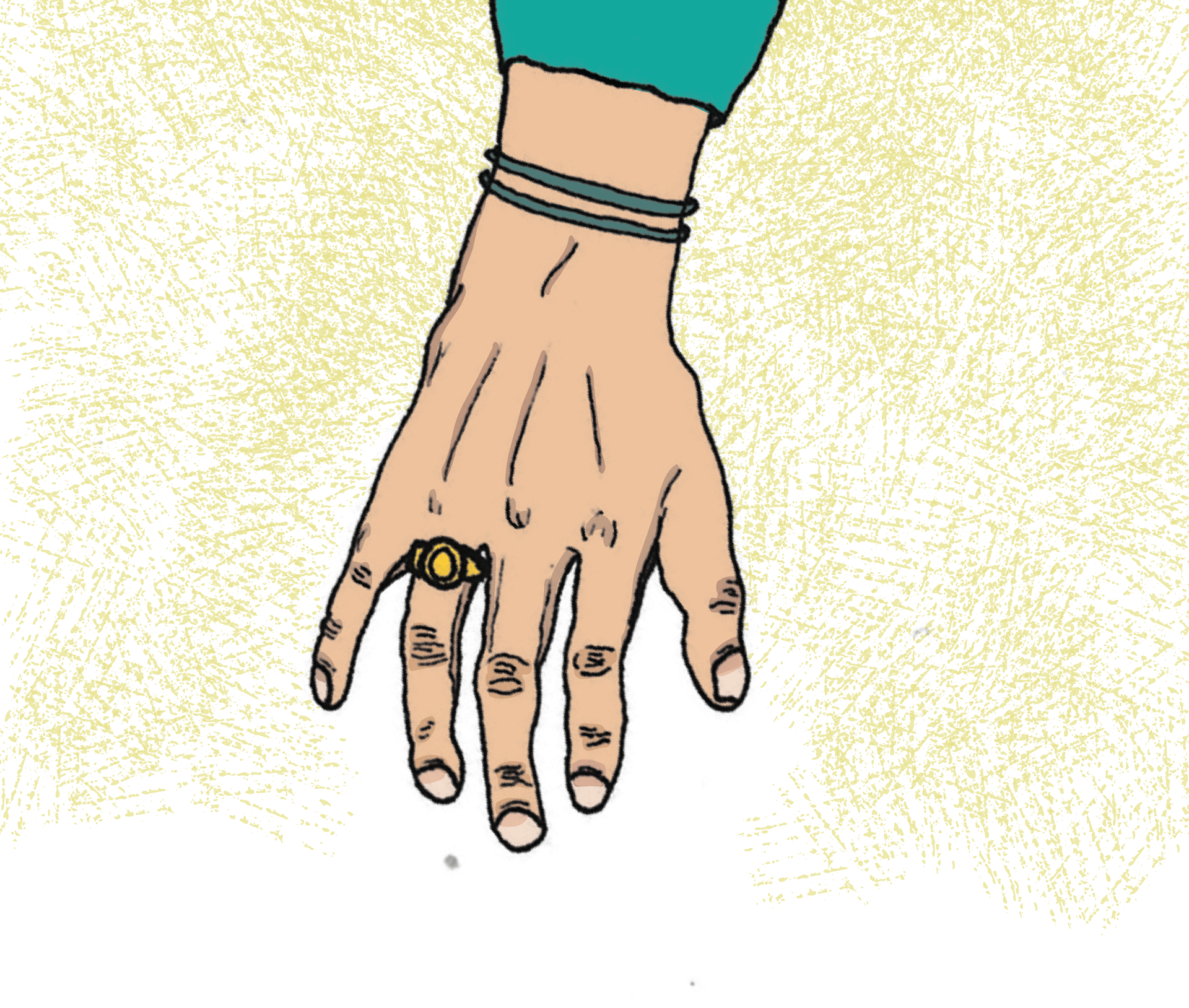
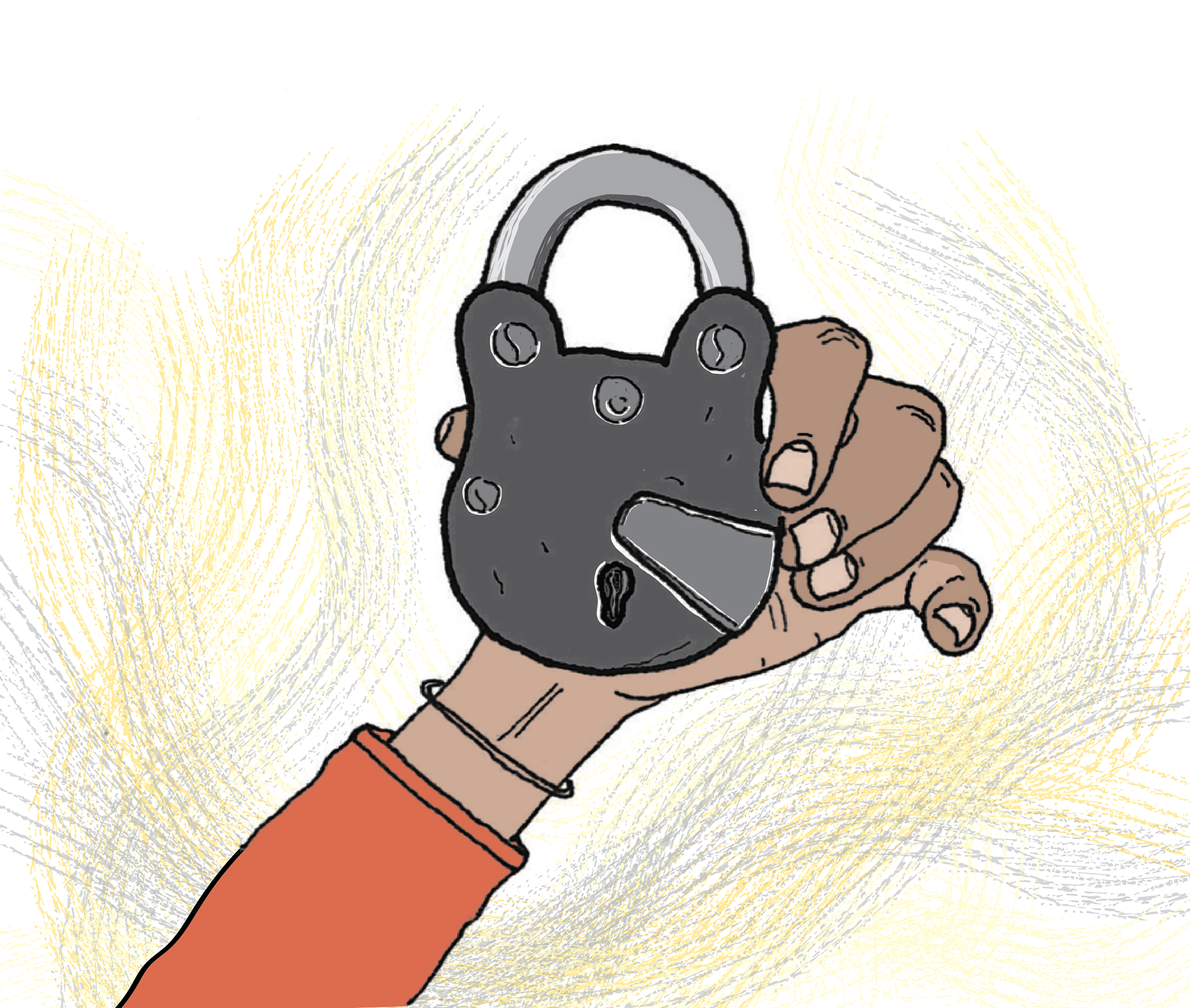
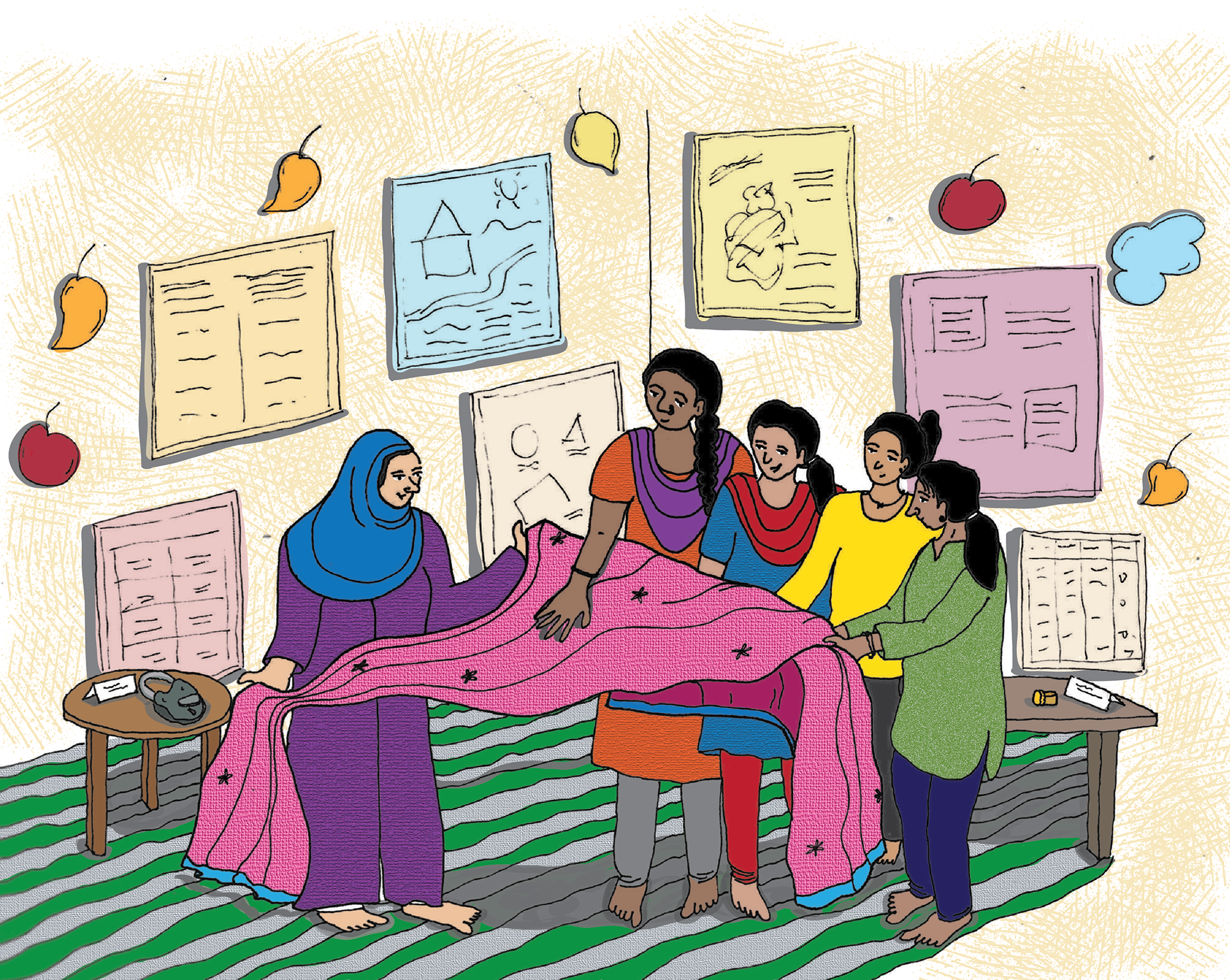
Section 4
The last part of the manual is about designing the actual walk, now that the young women have gone through the training. This entails doing the desk research, deciding the details of the walk itself - where and how it will be conducted, and making the relevant announcements to spread the word.

